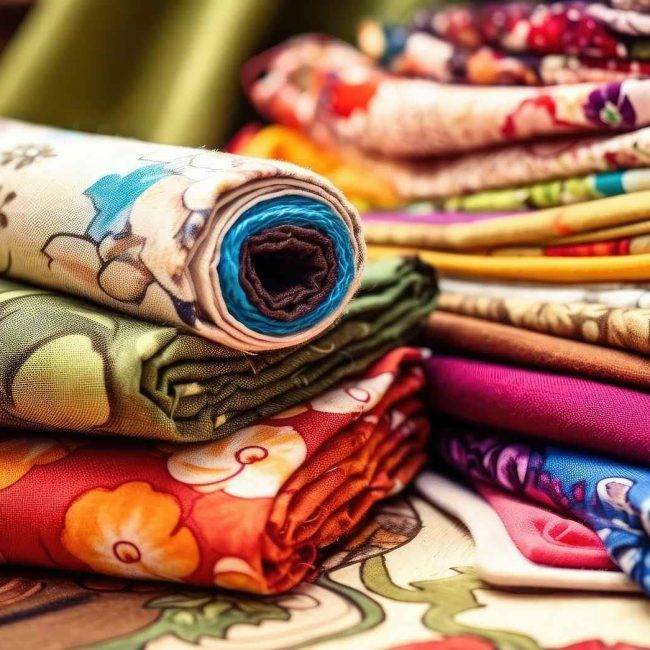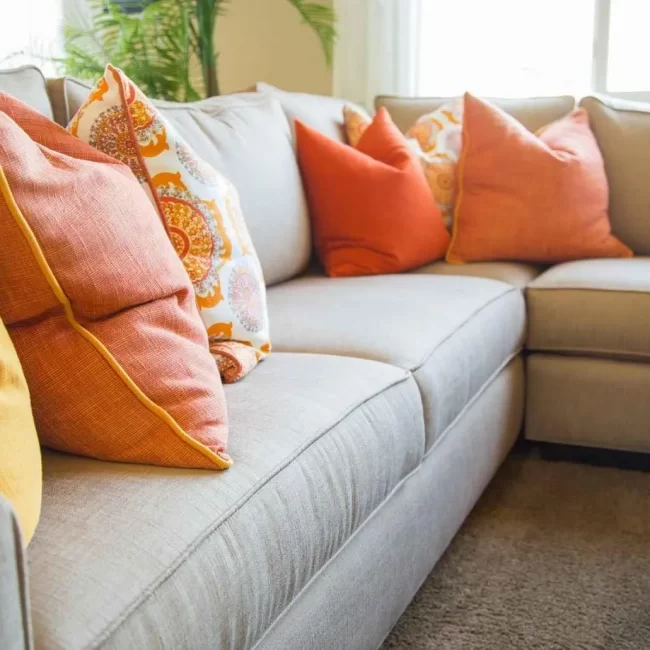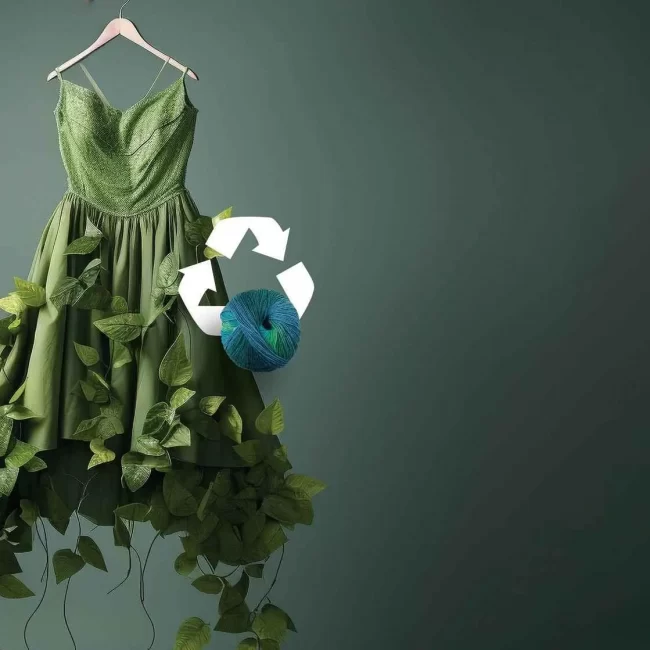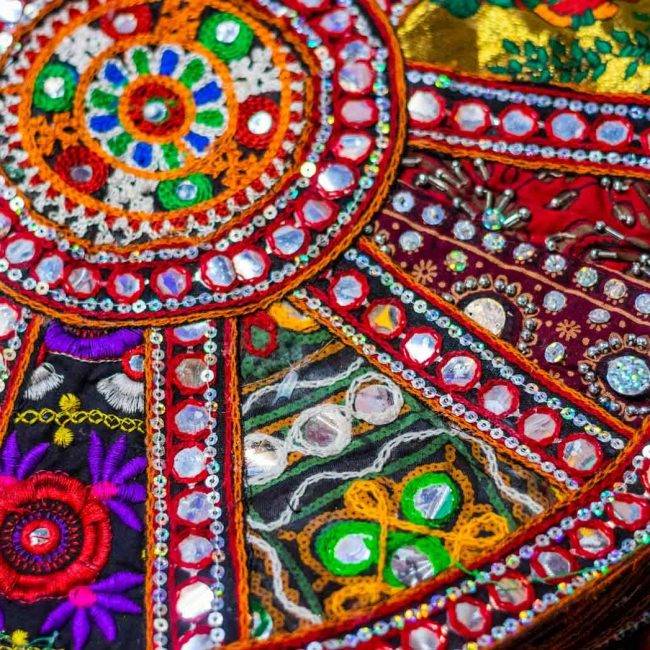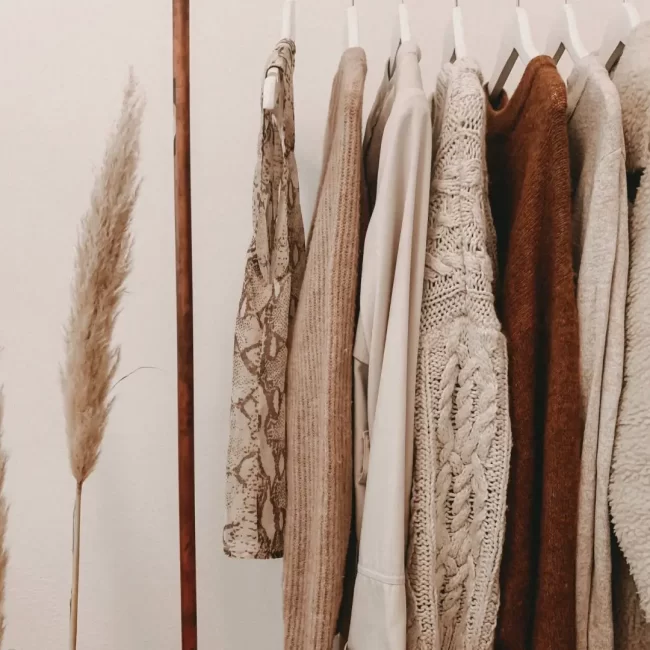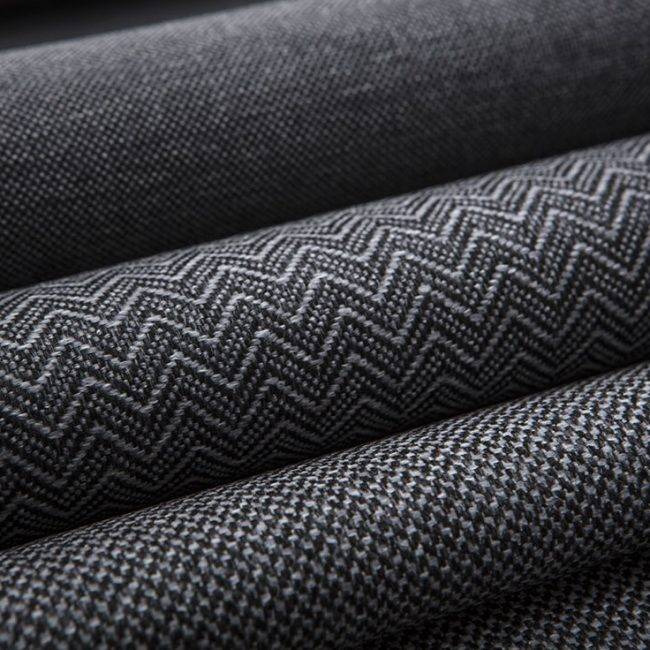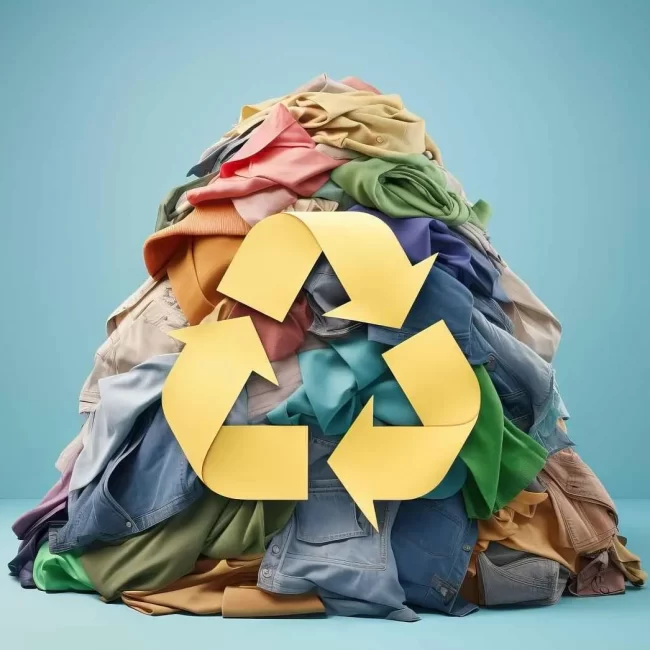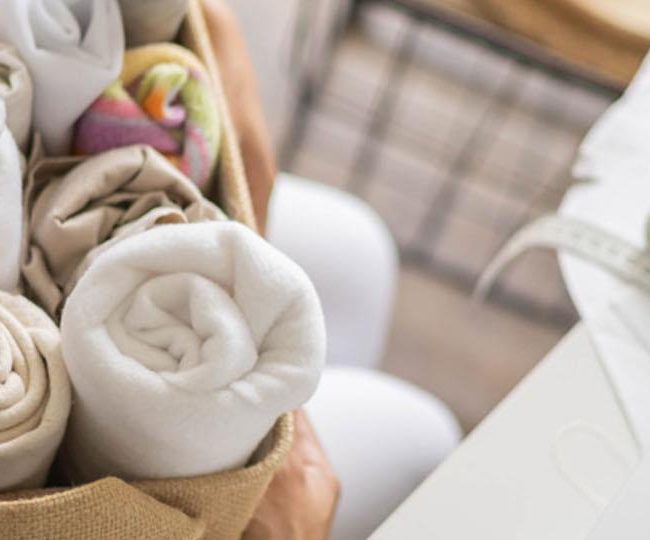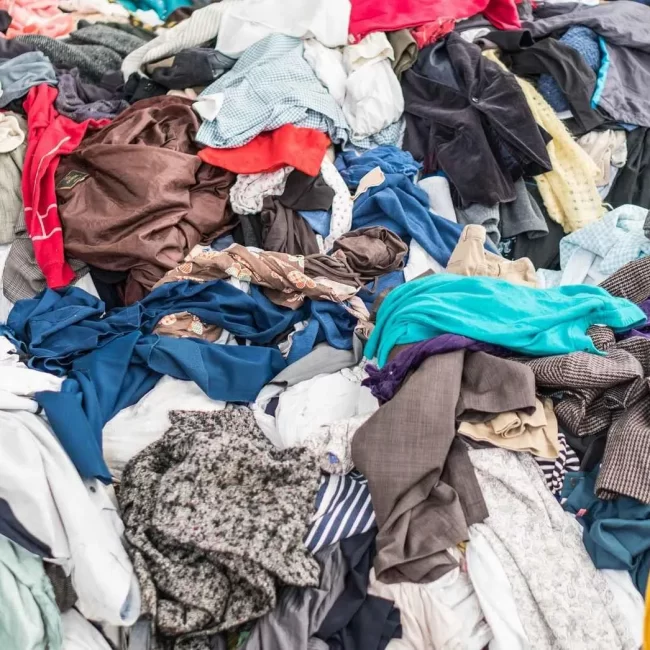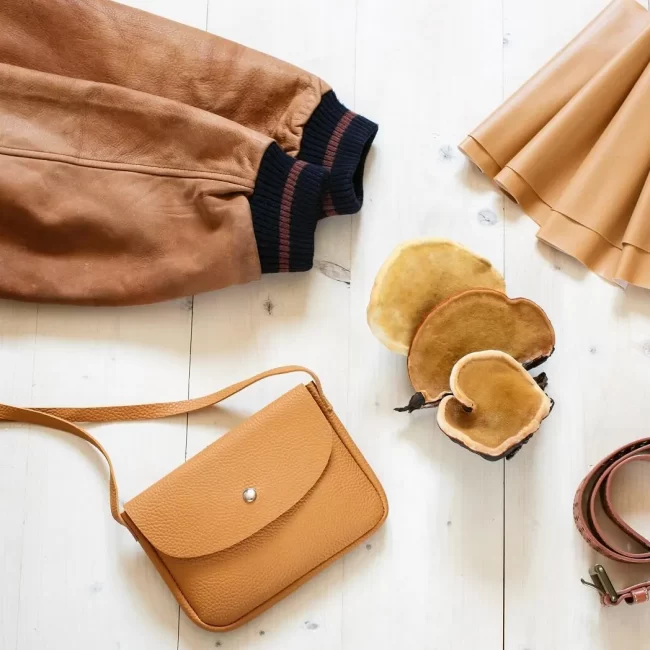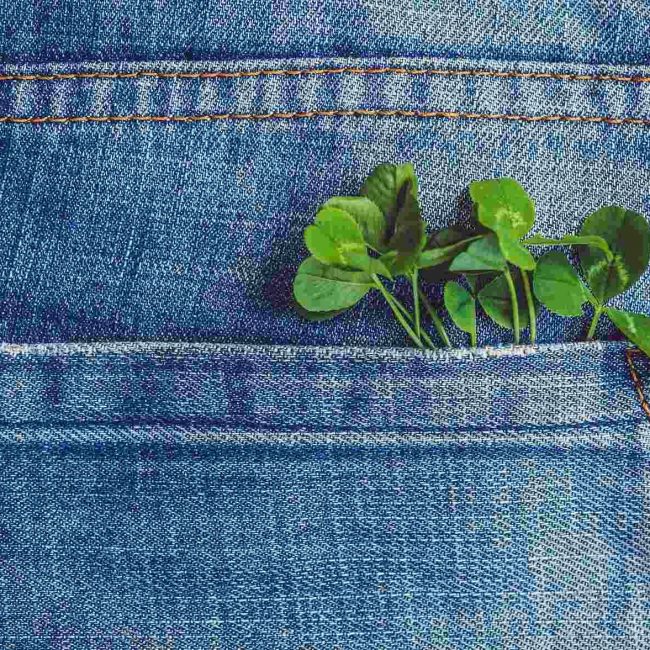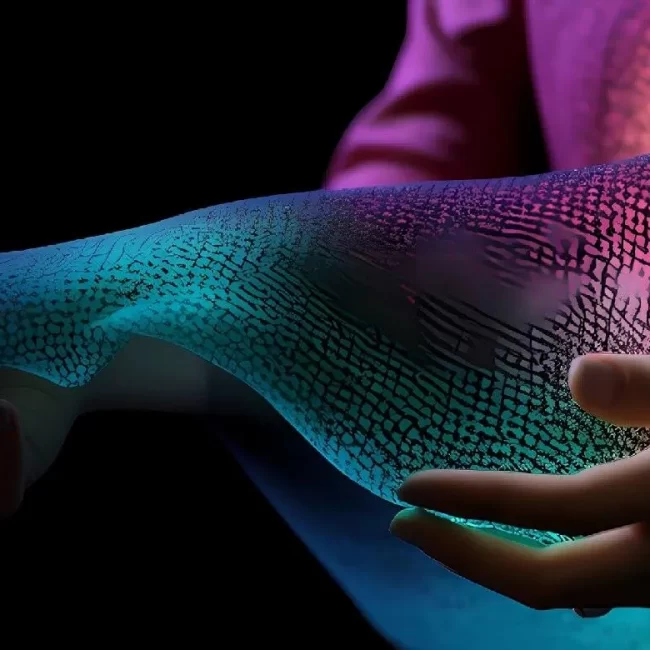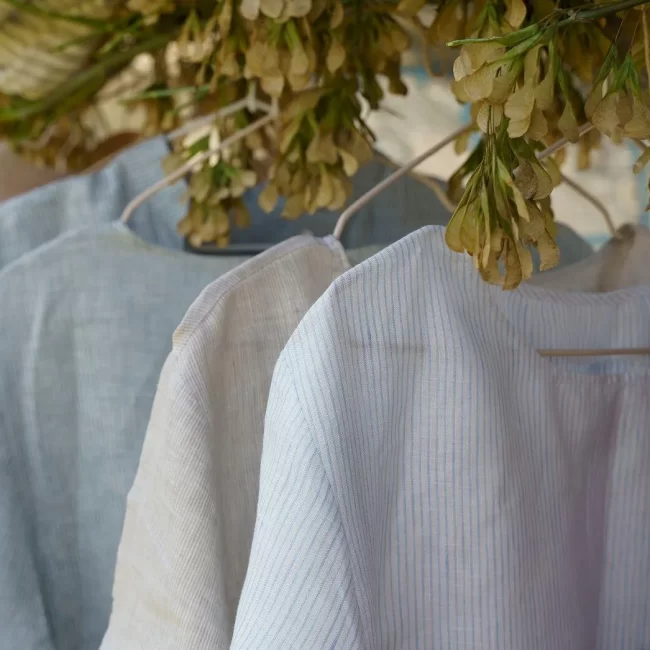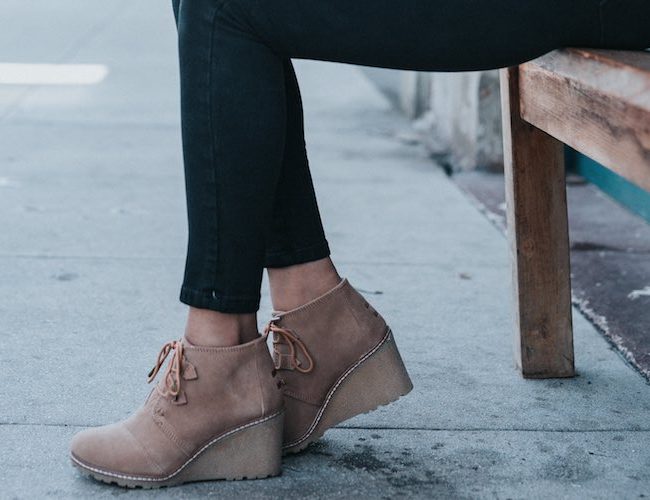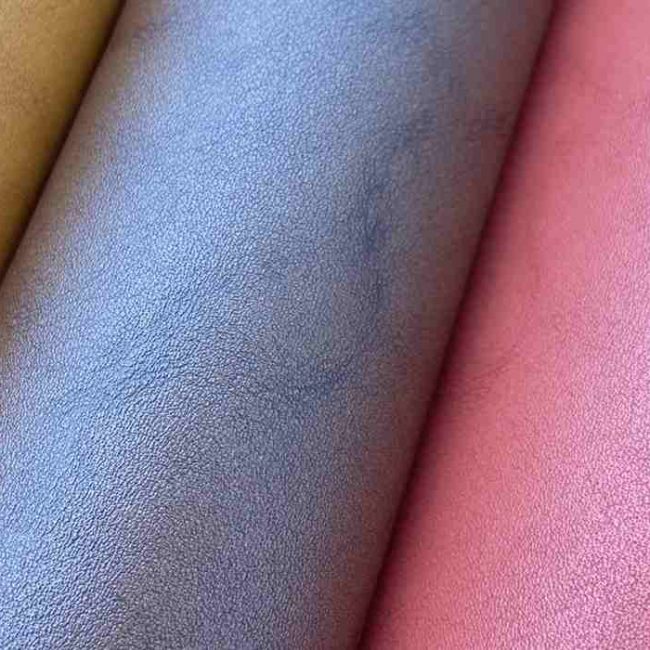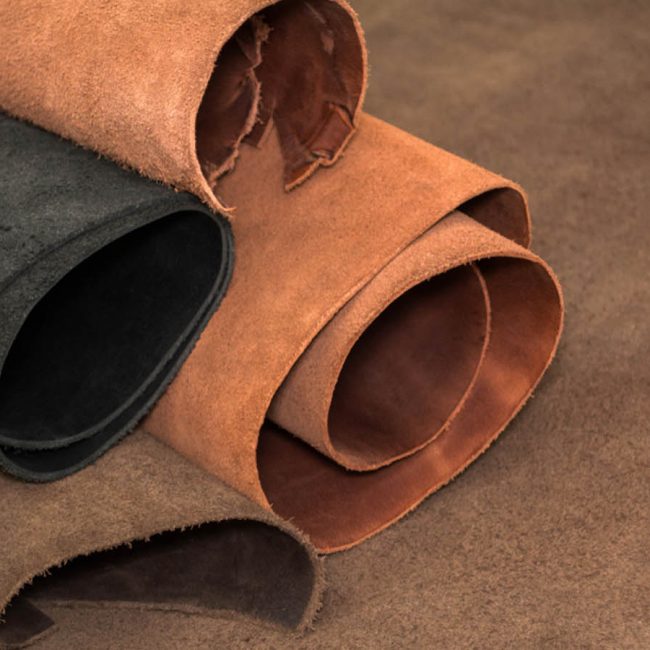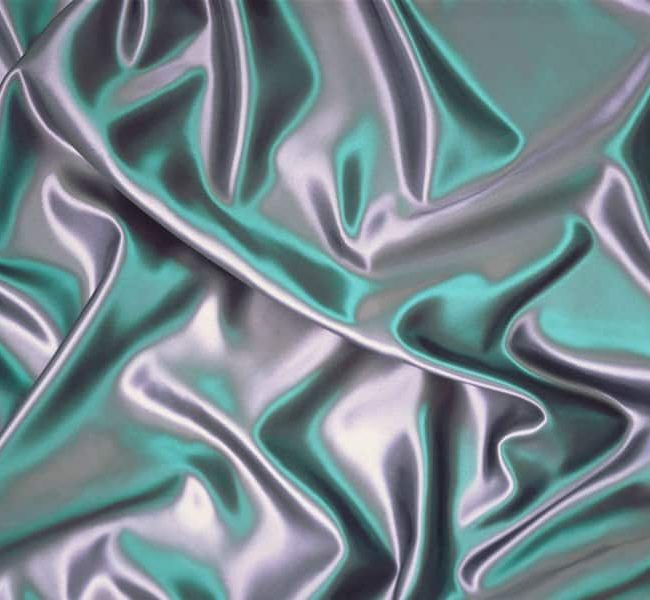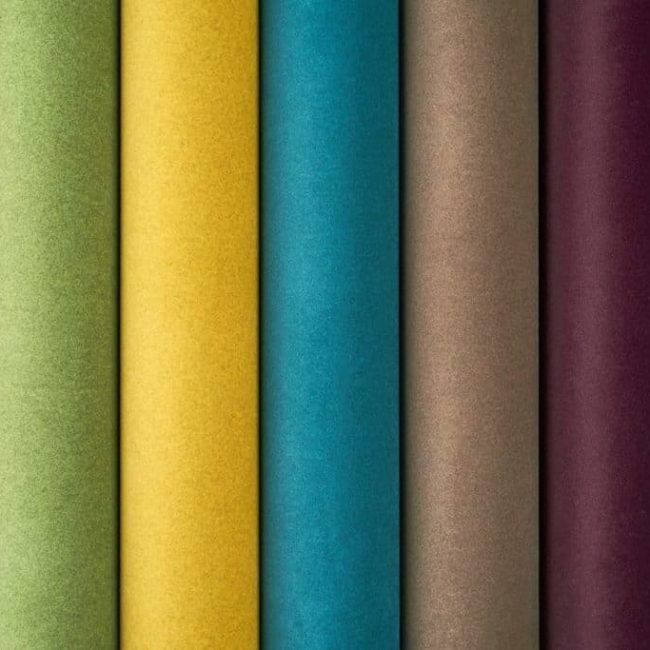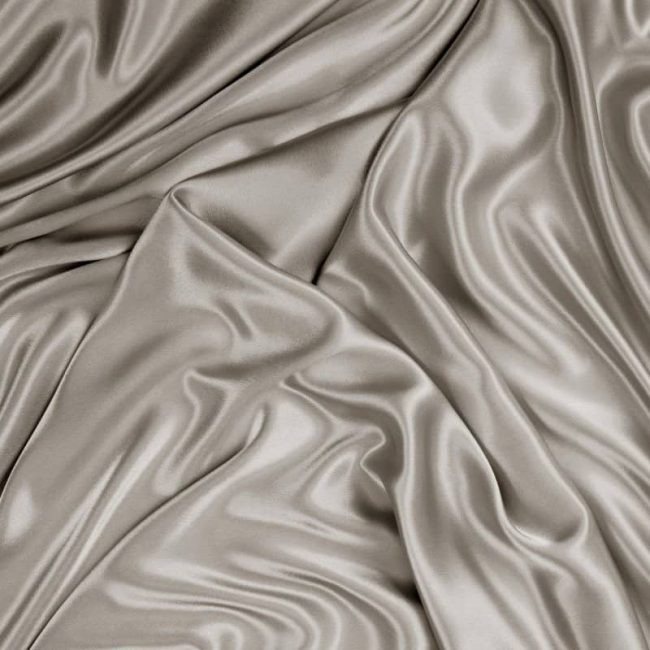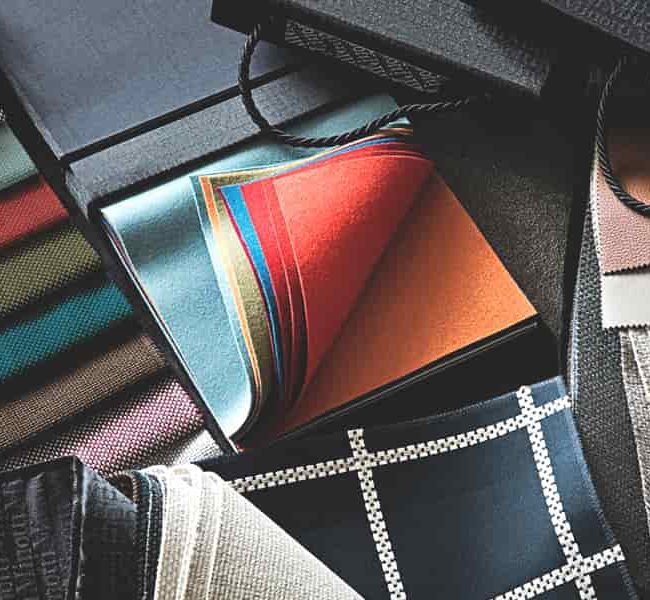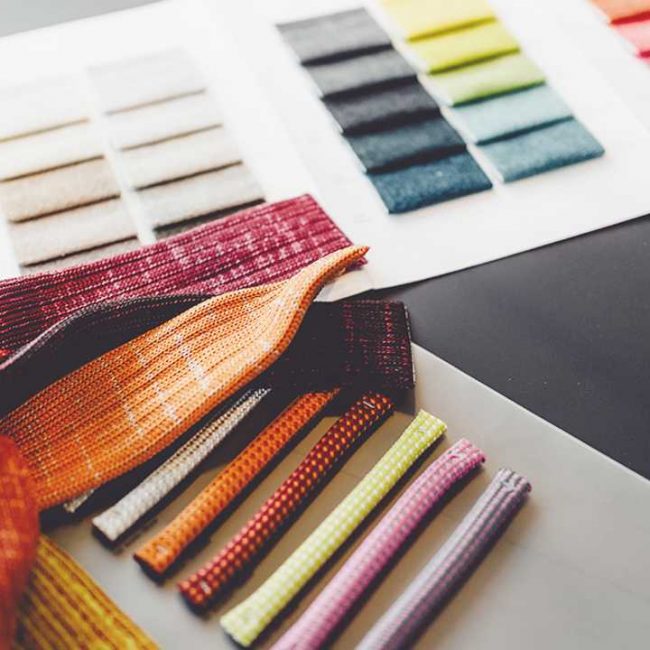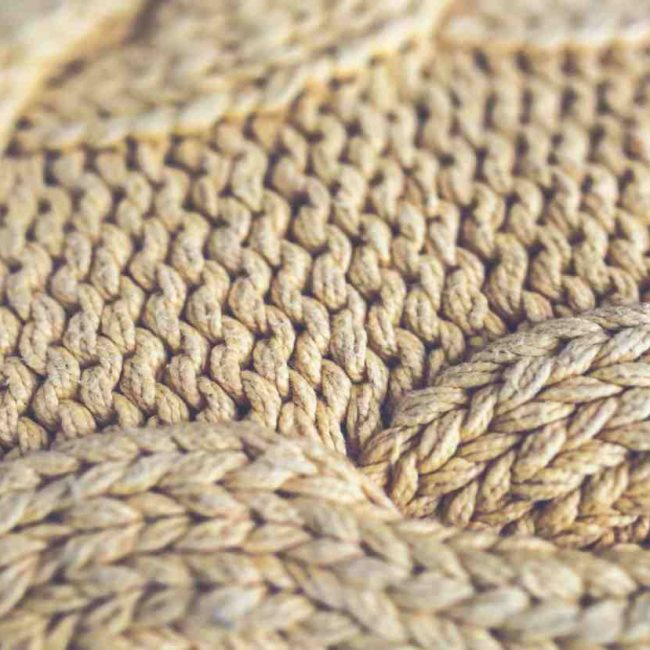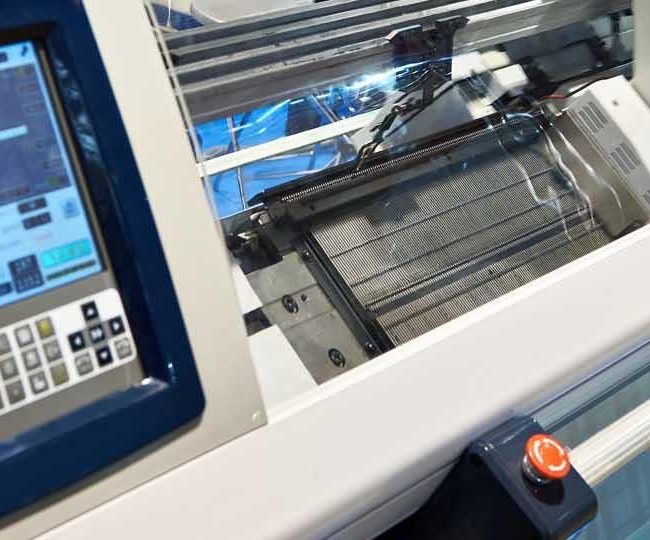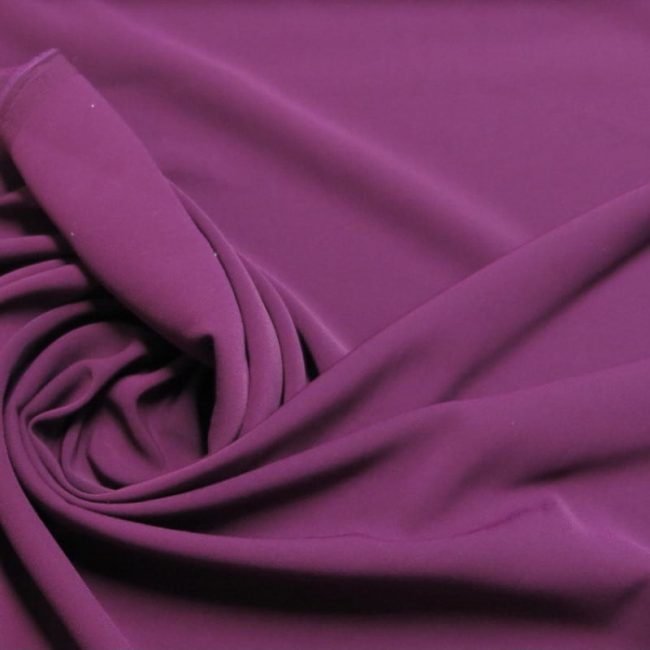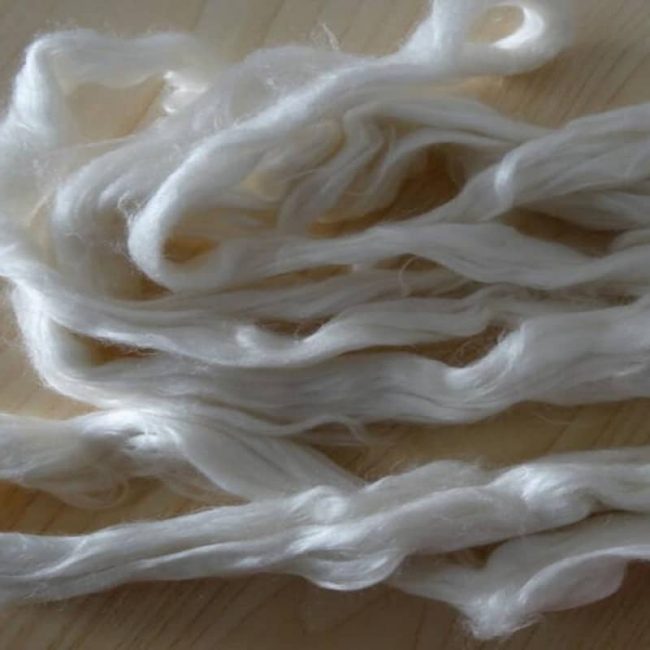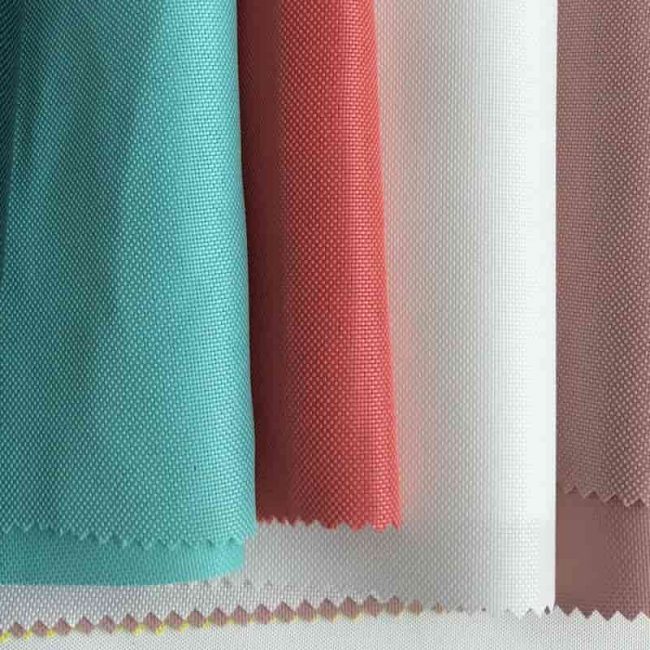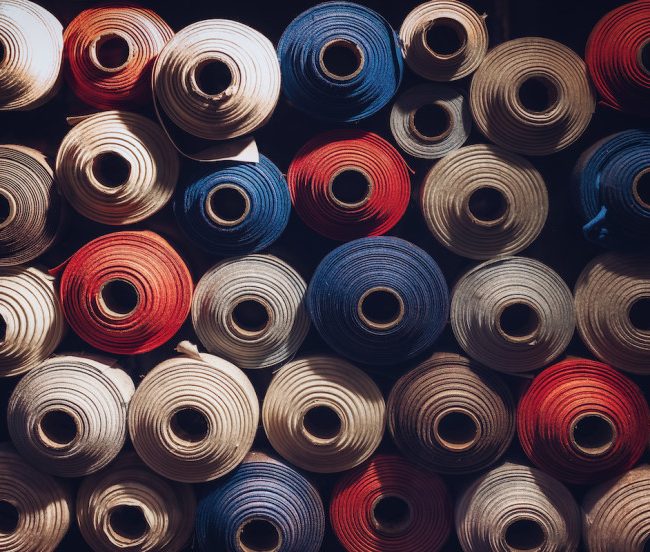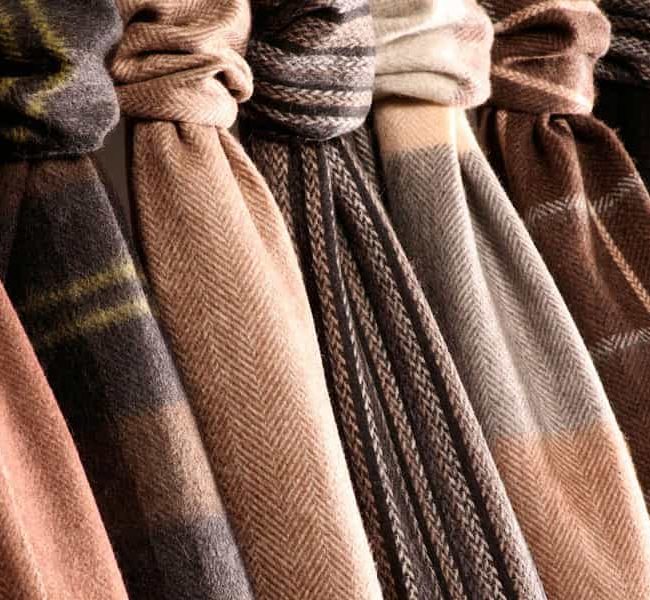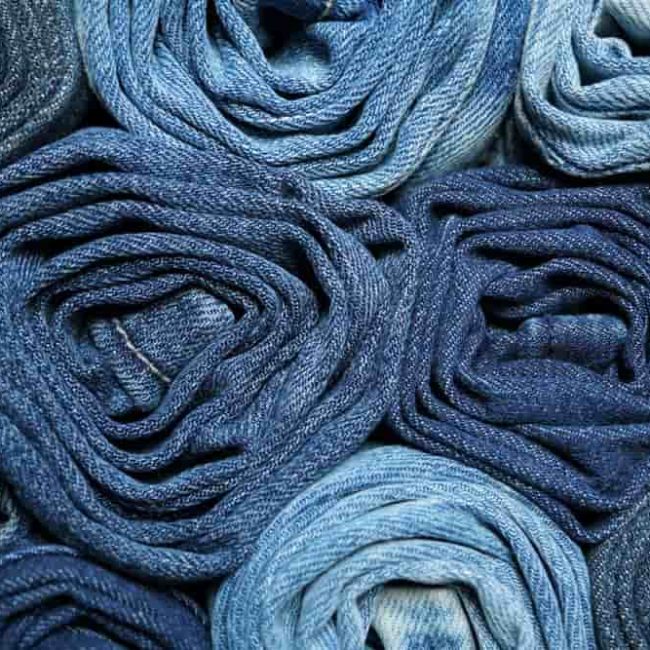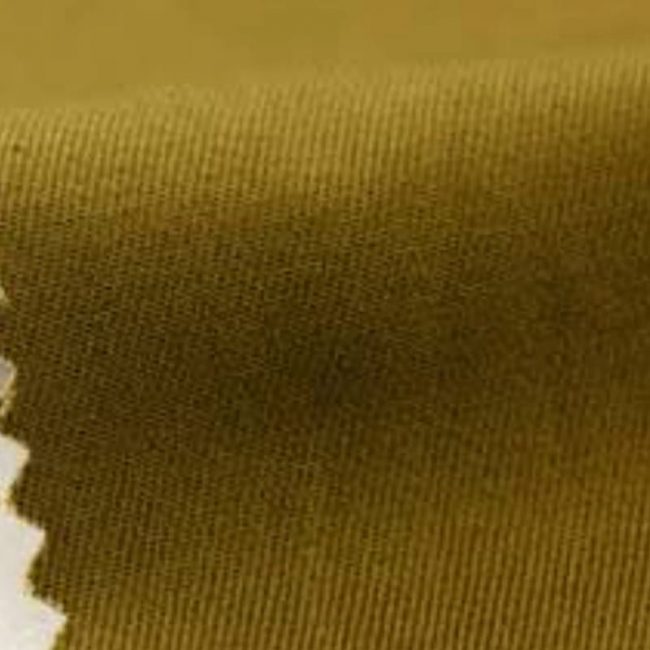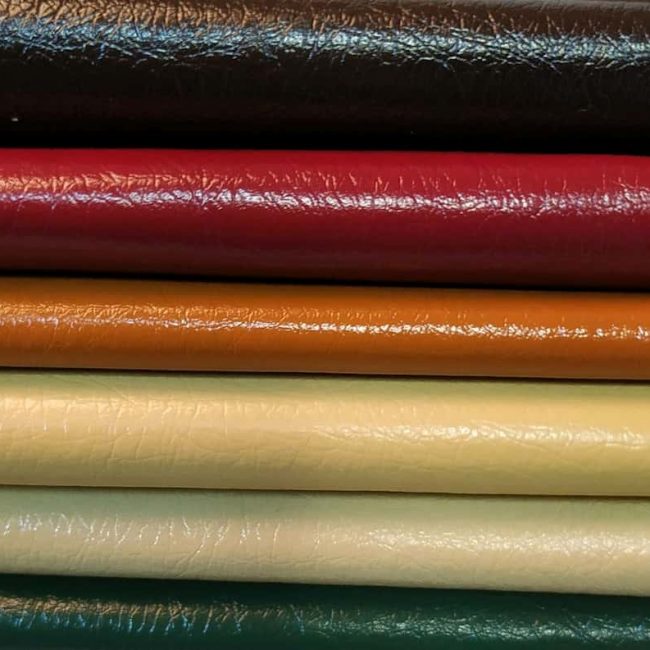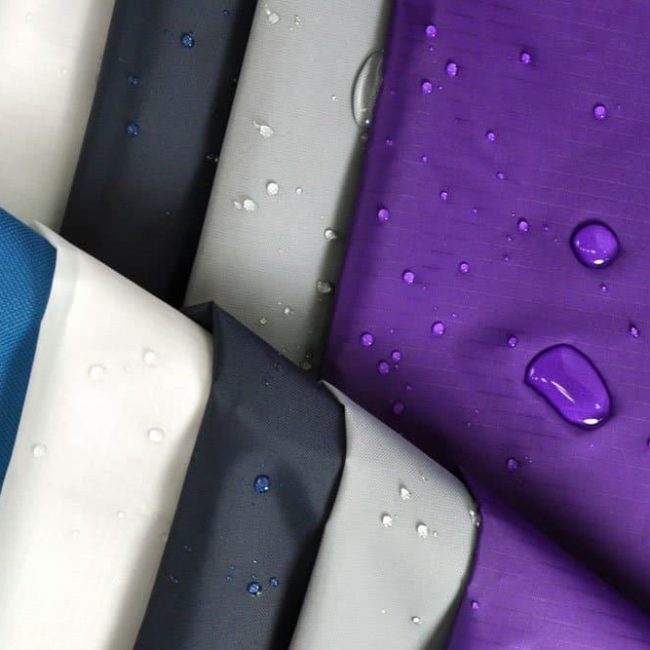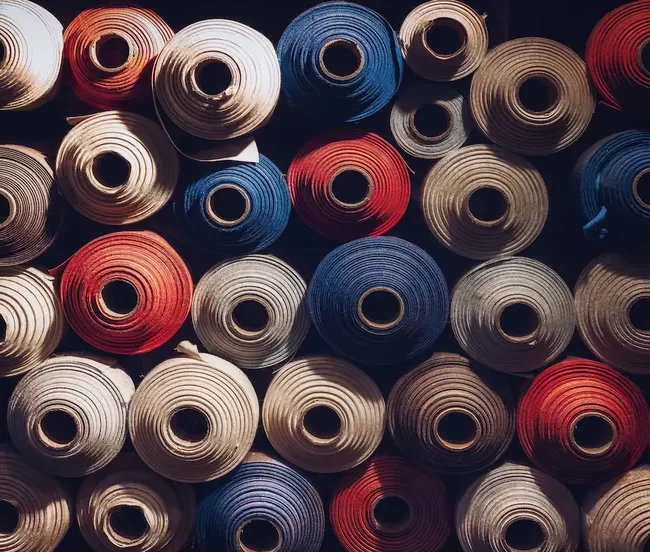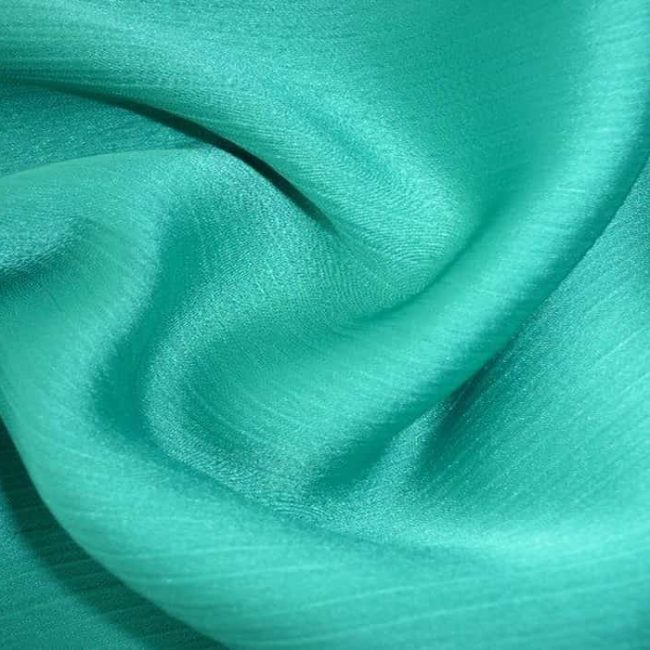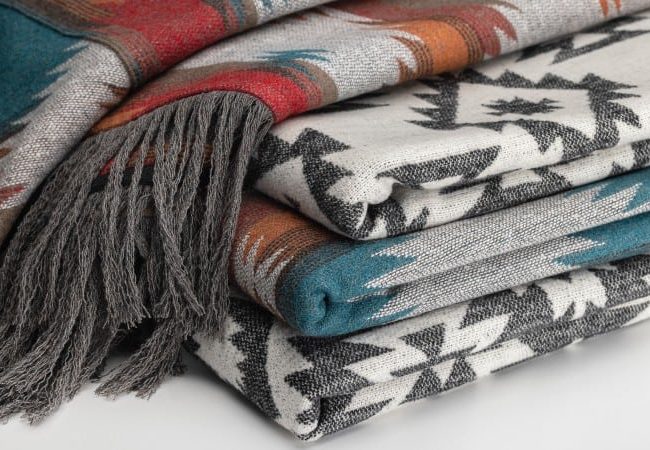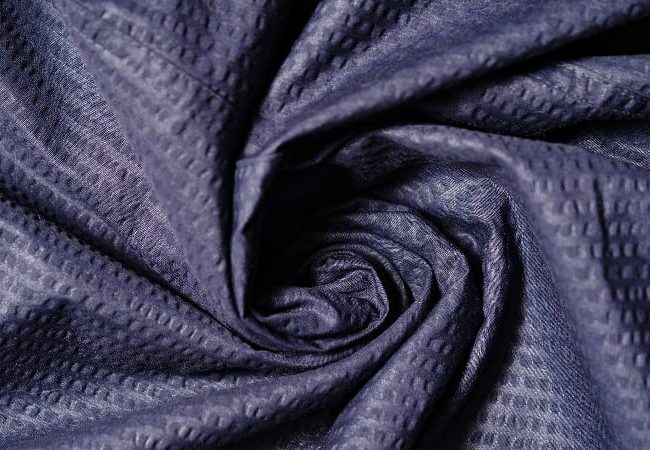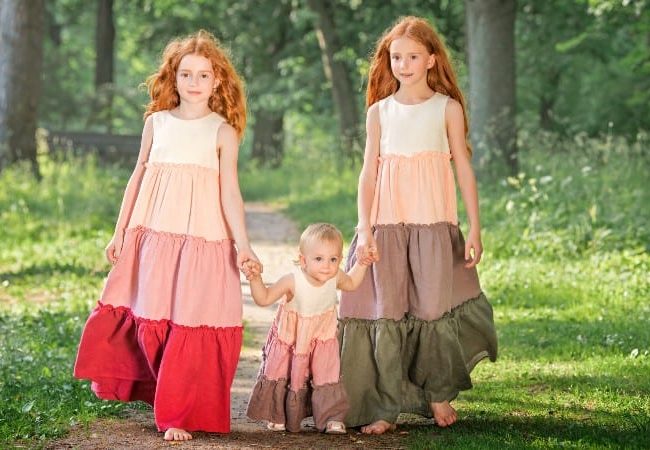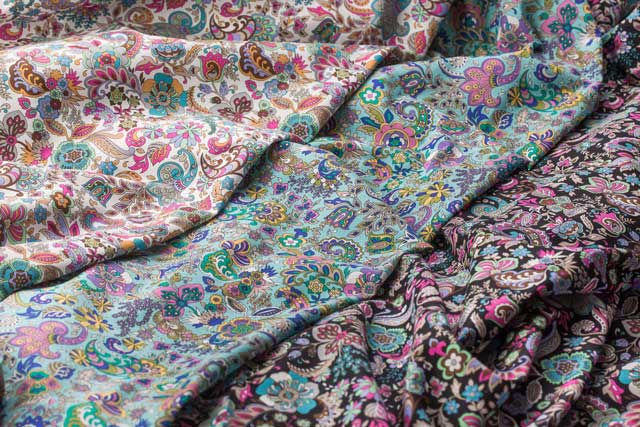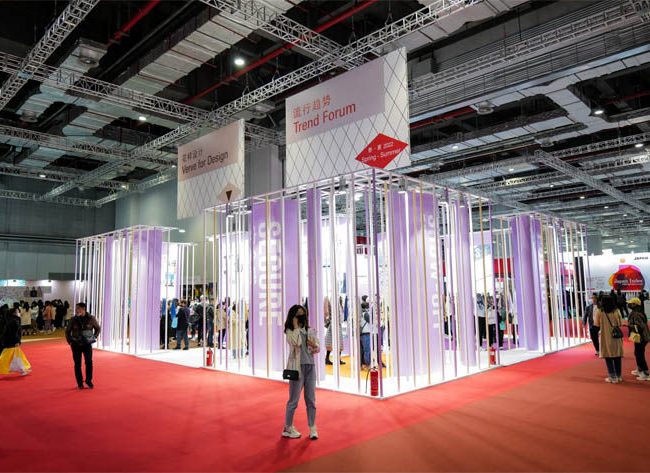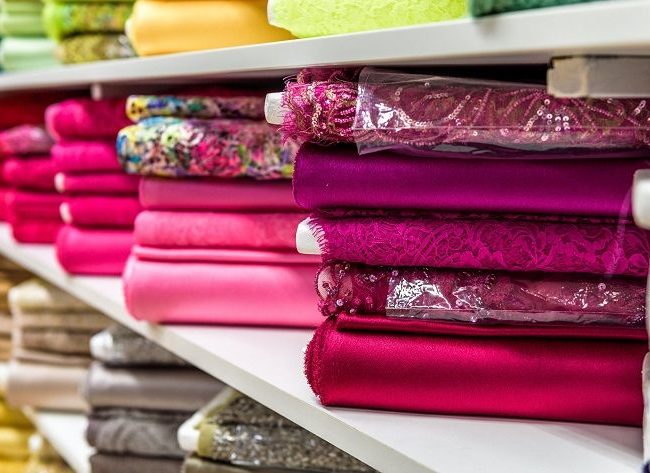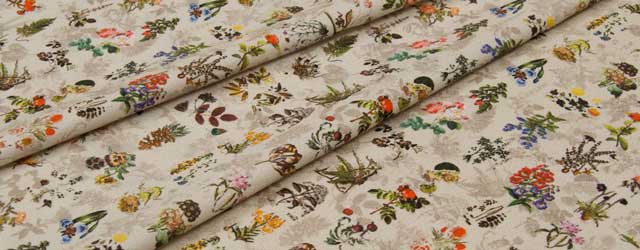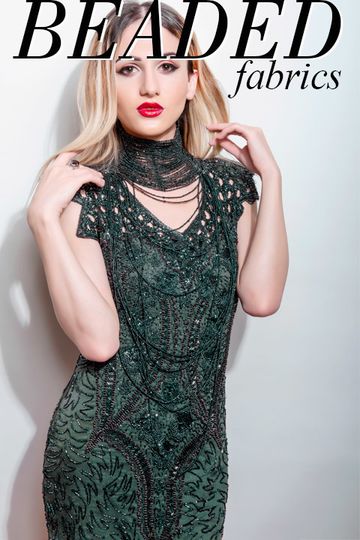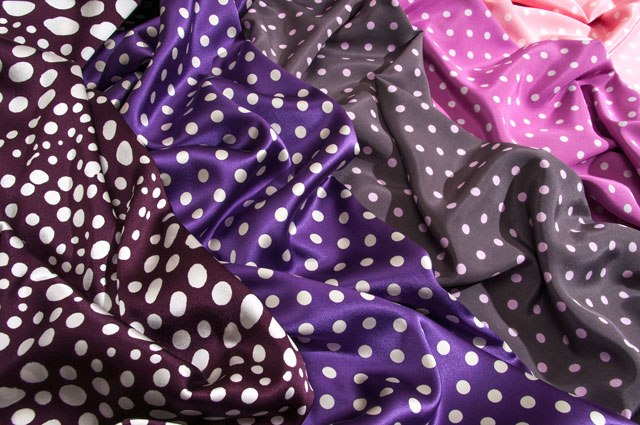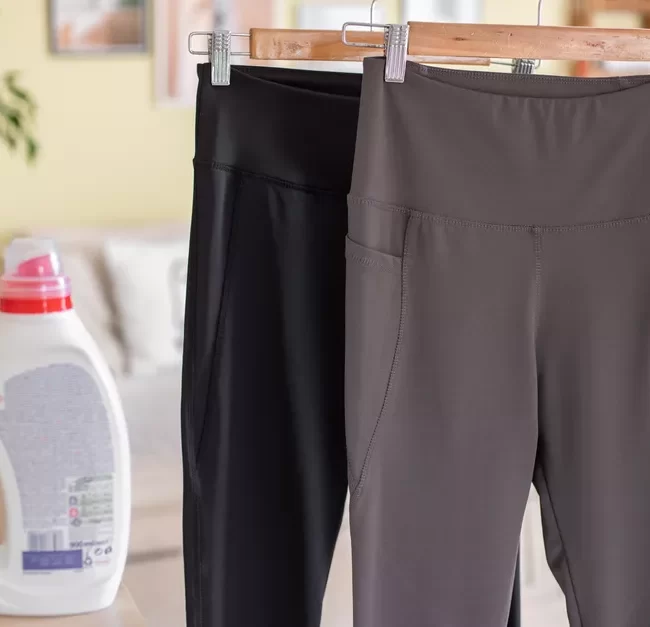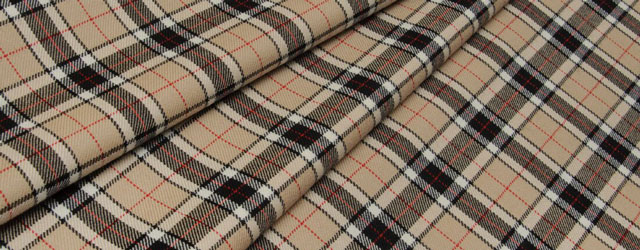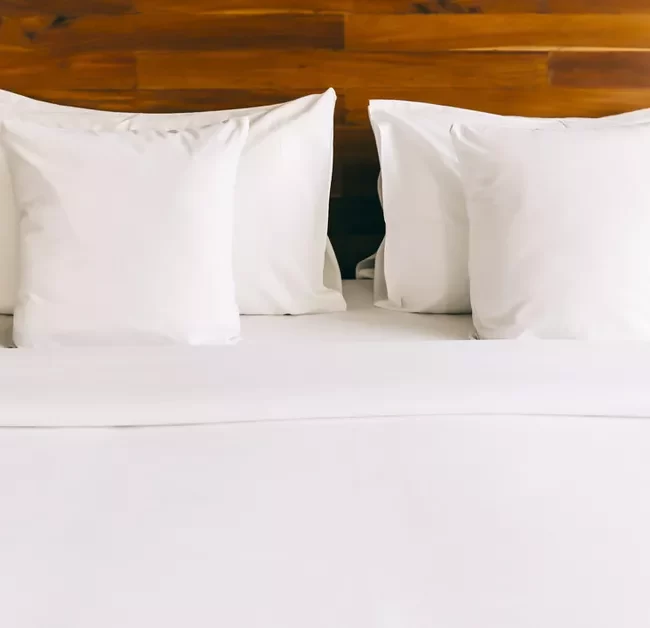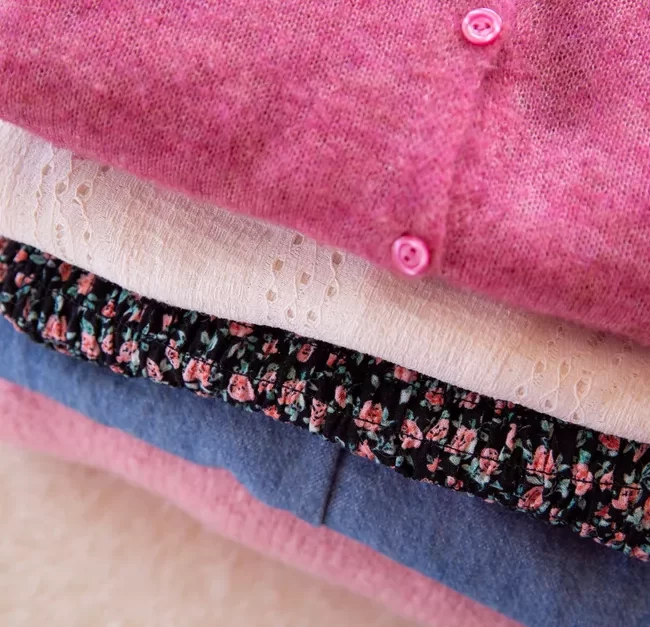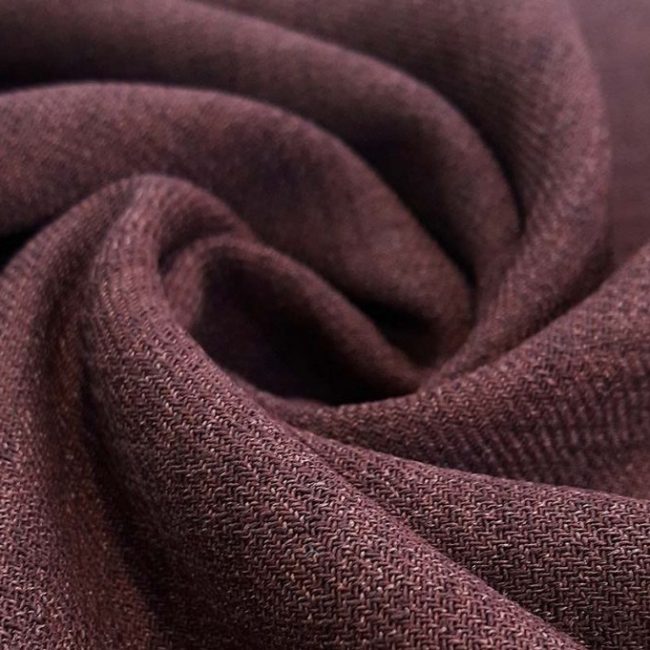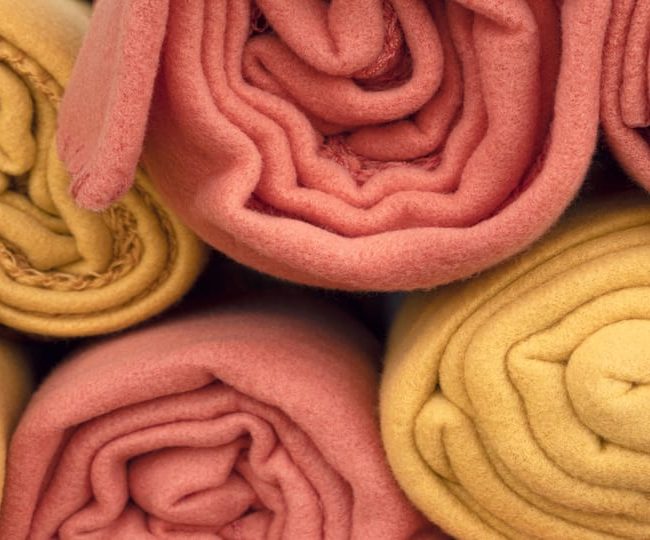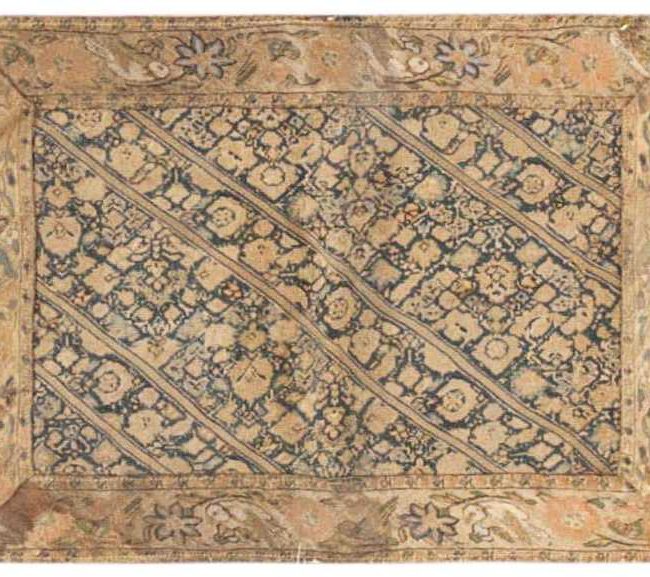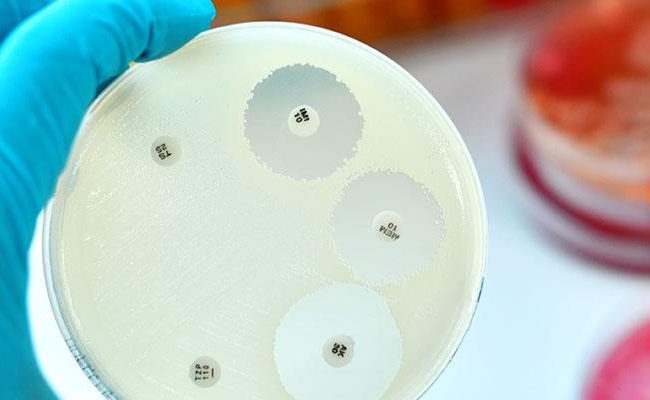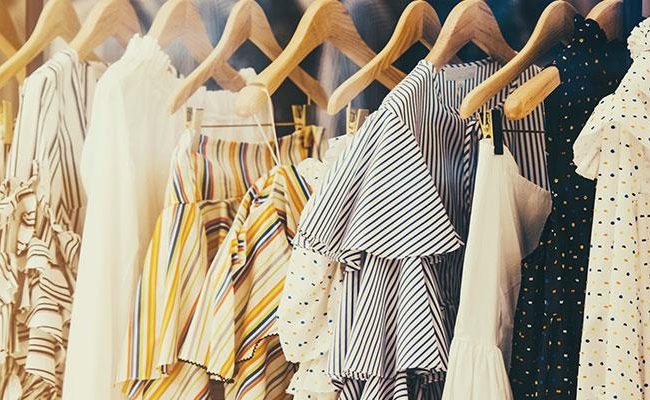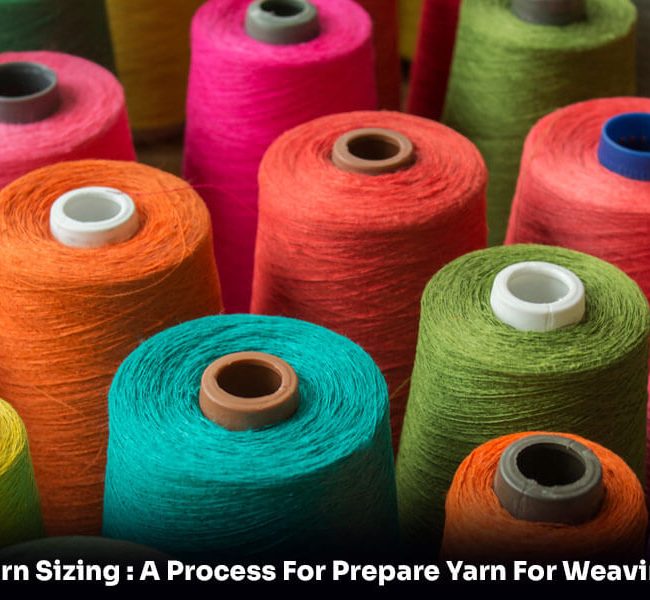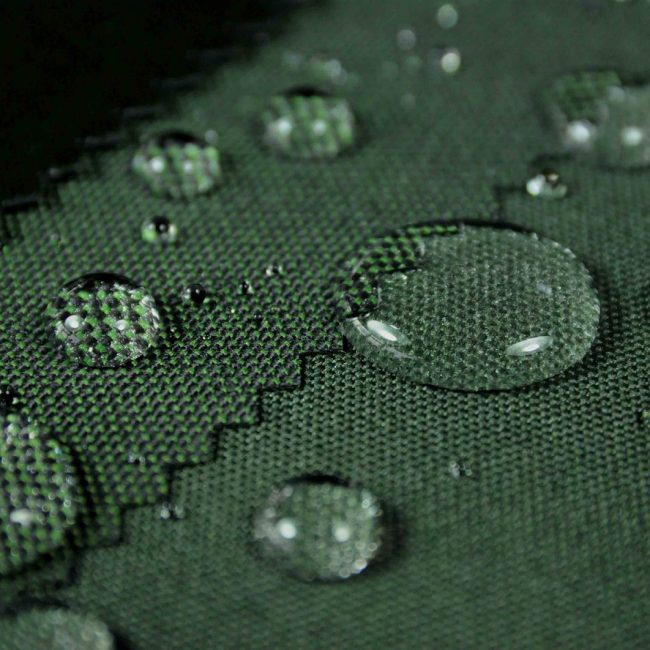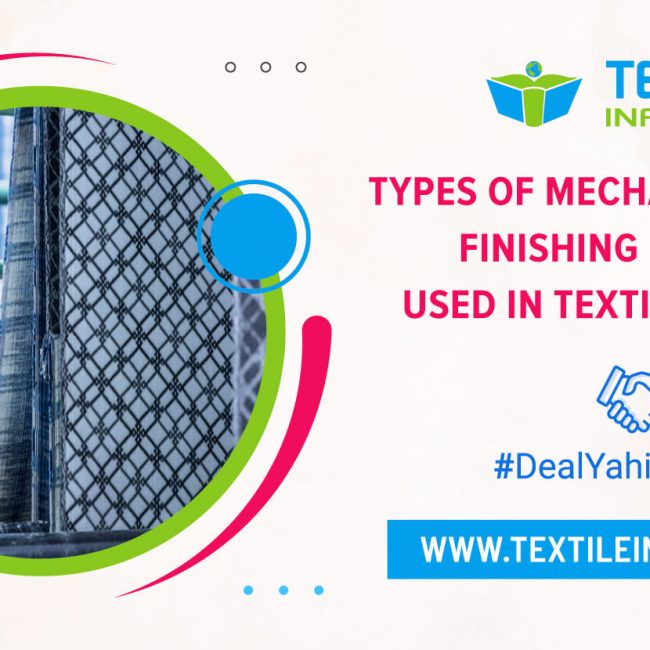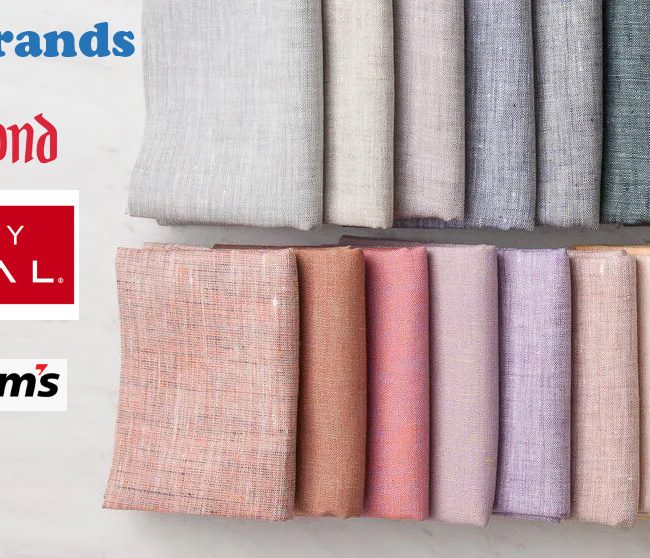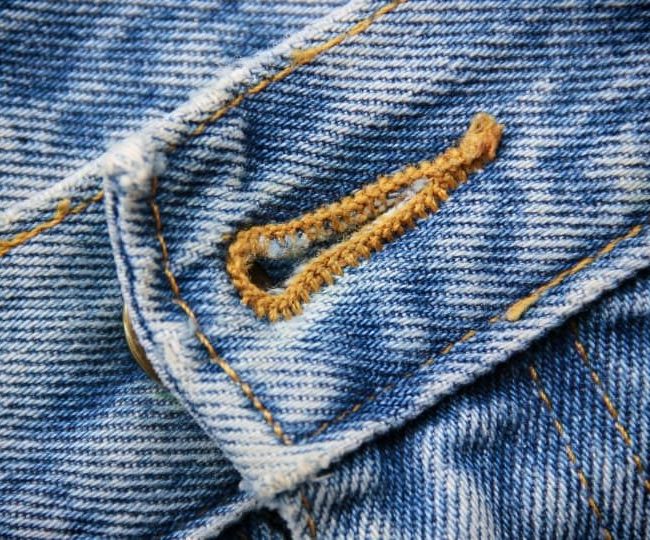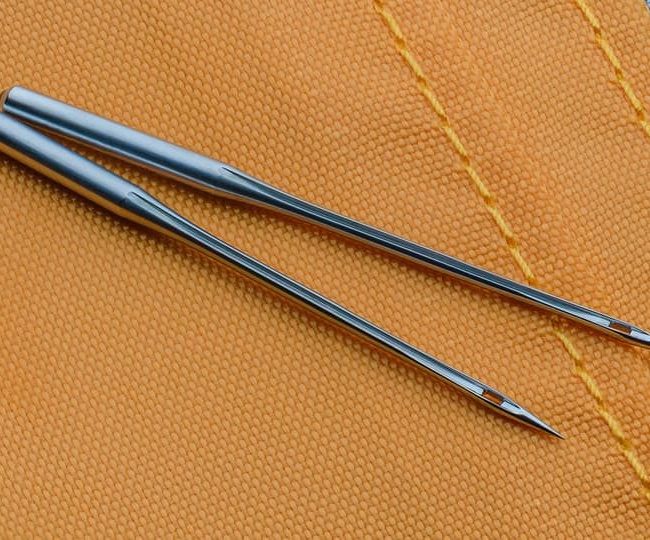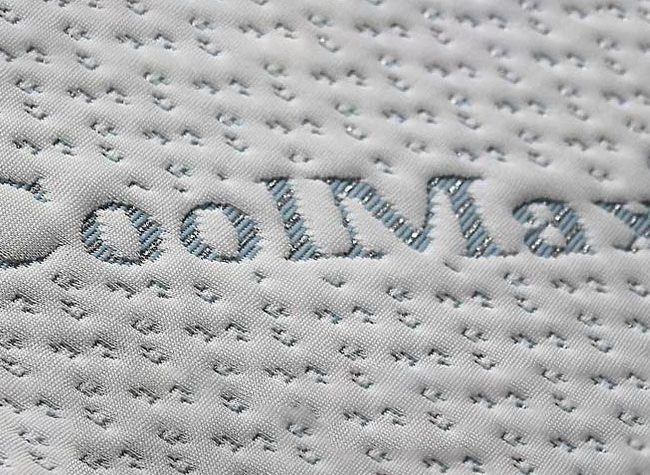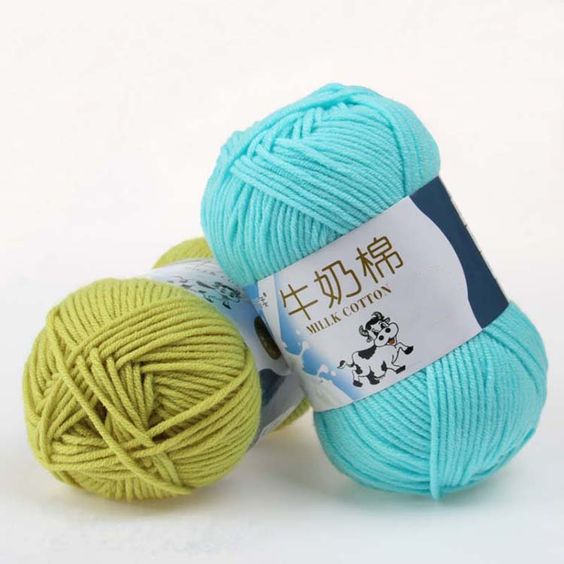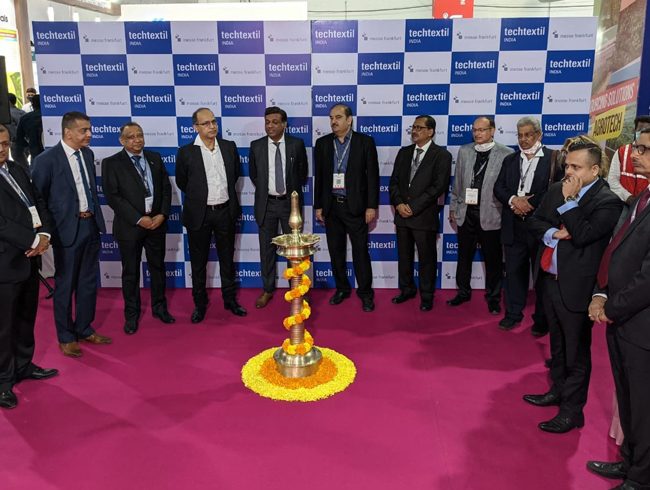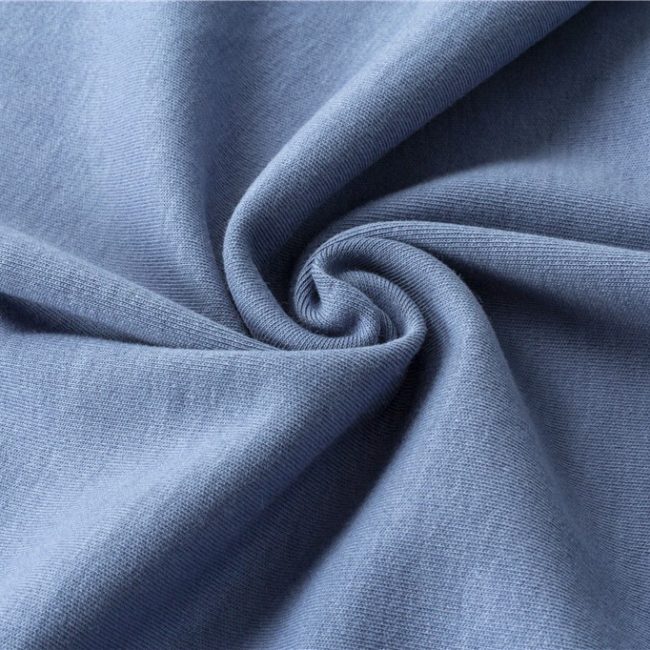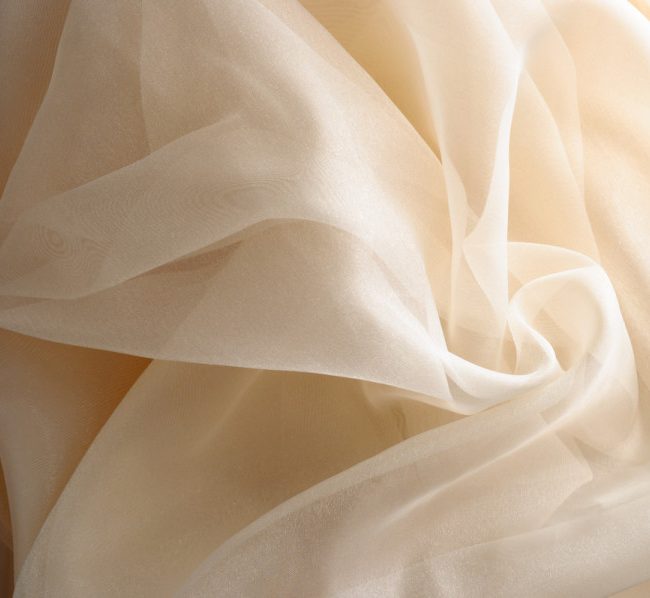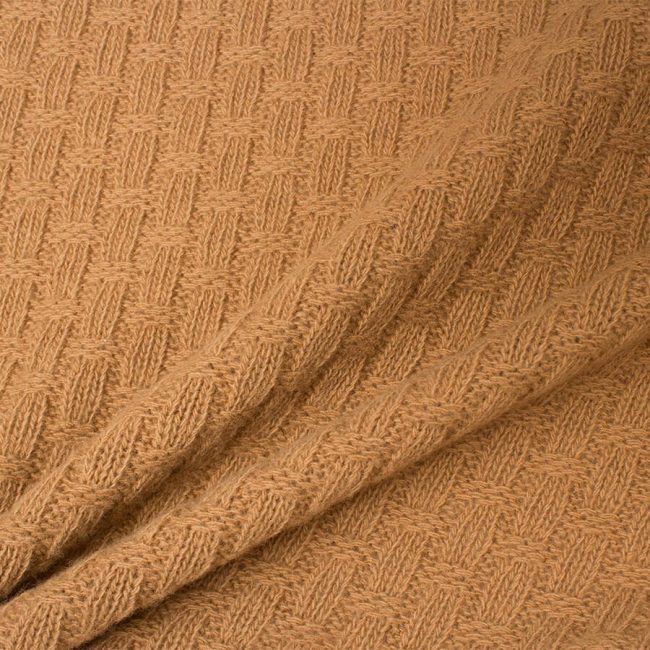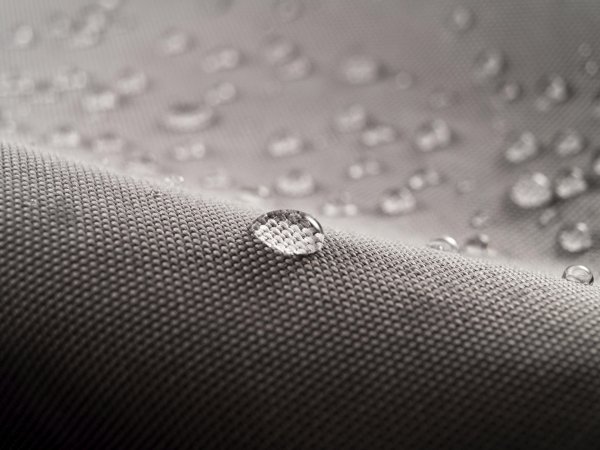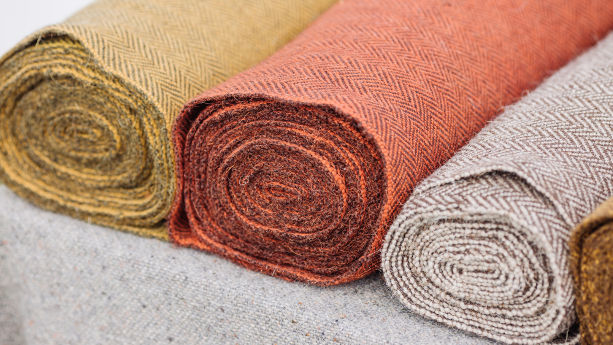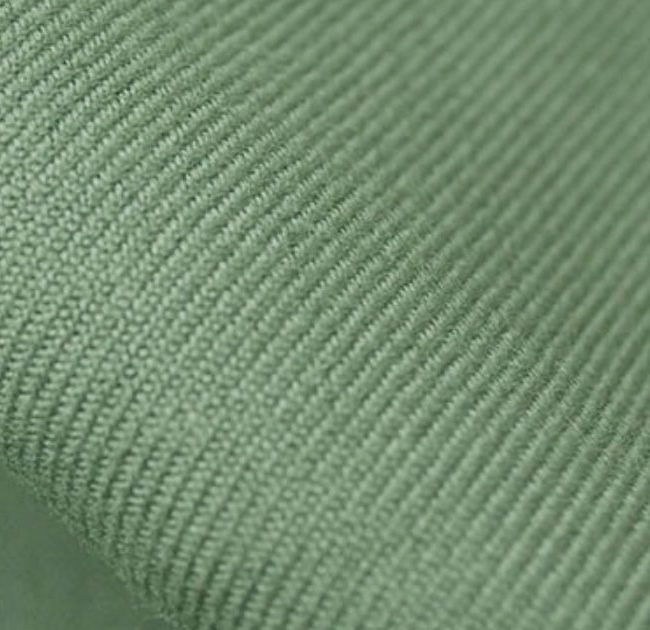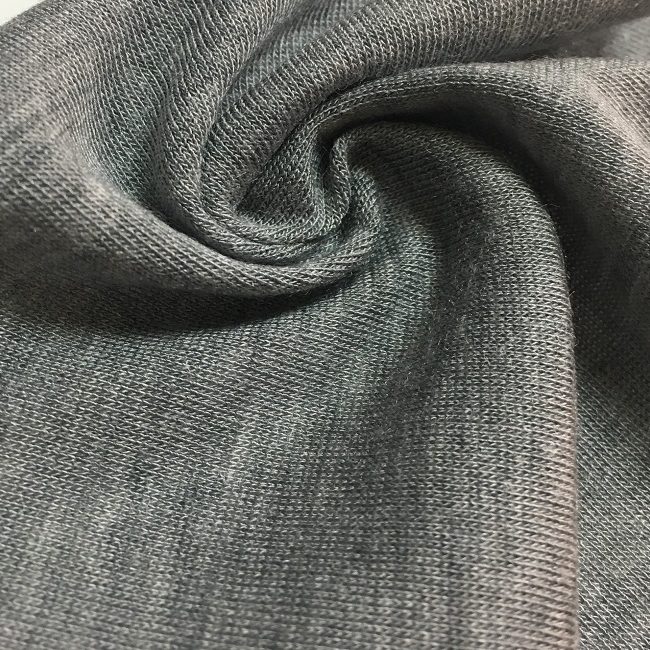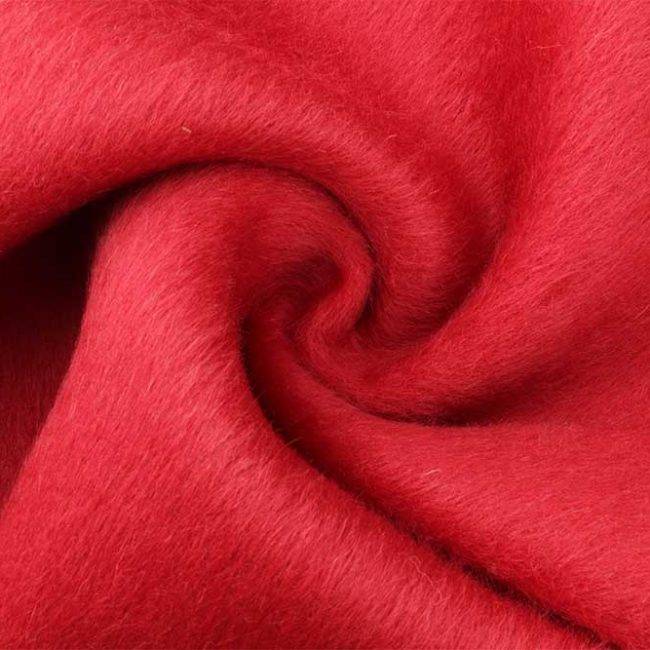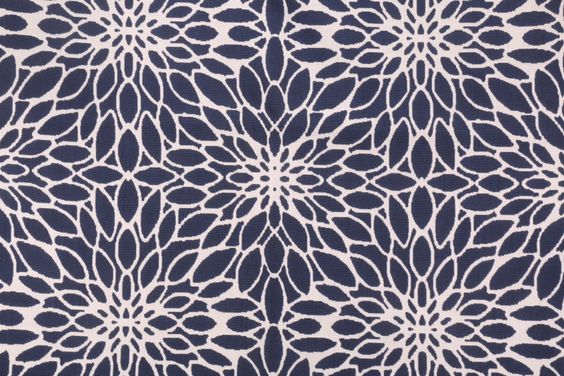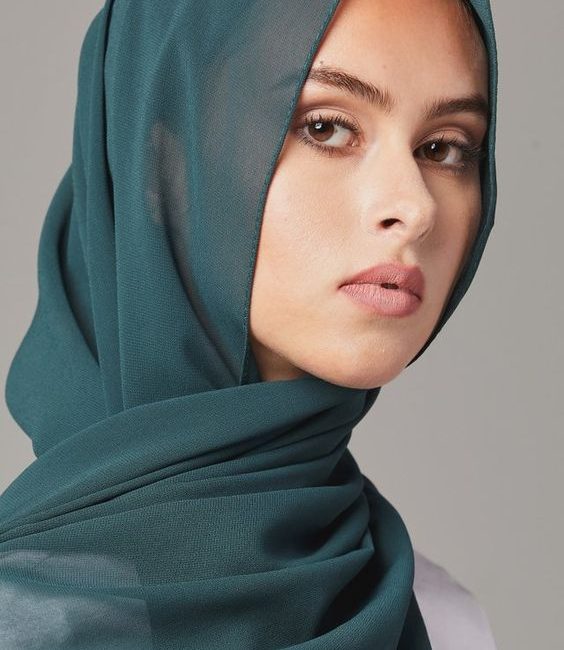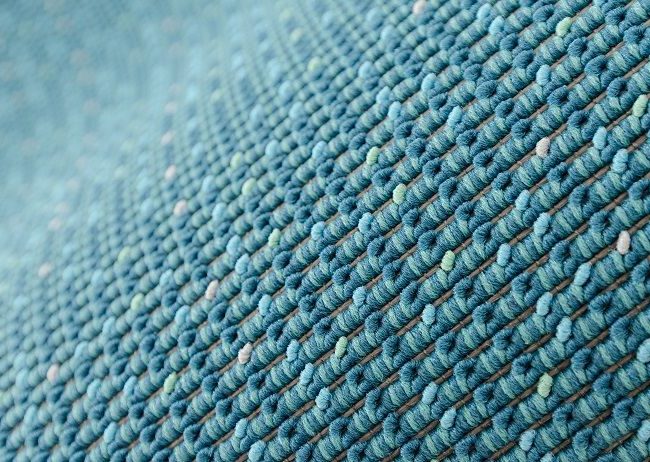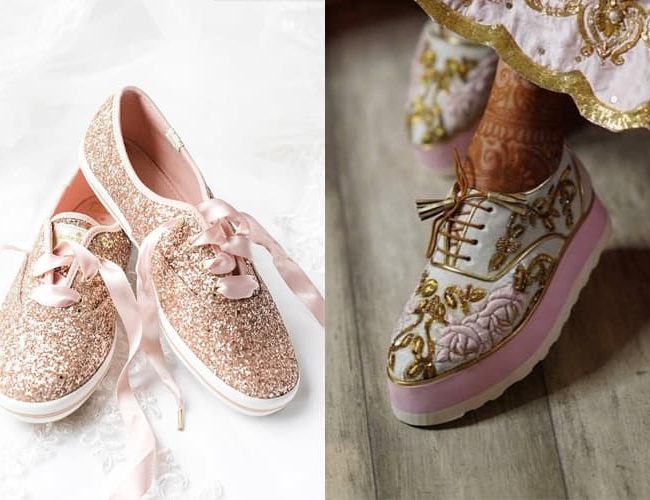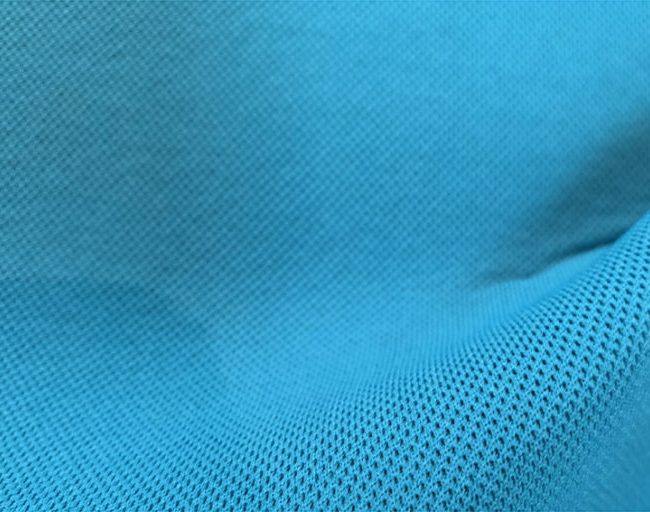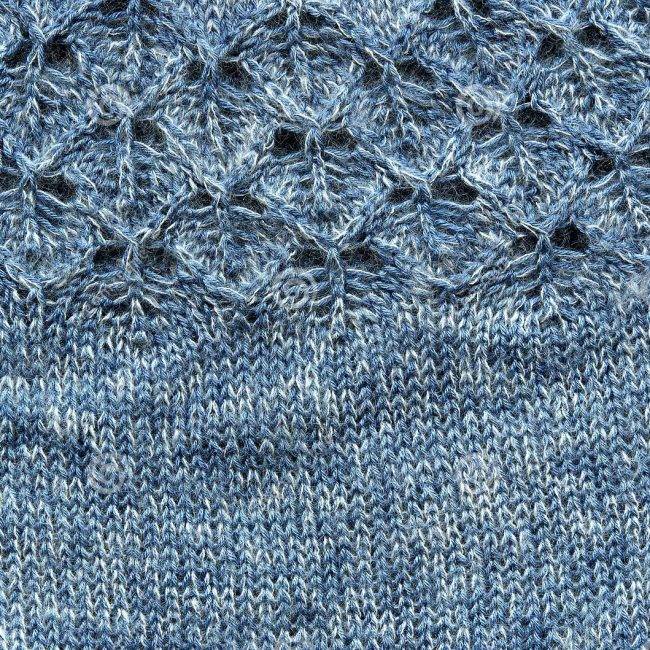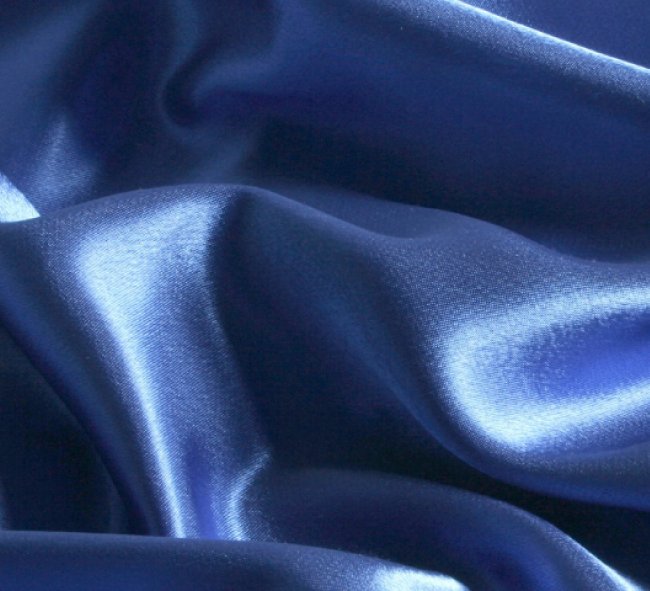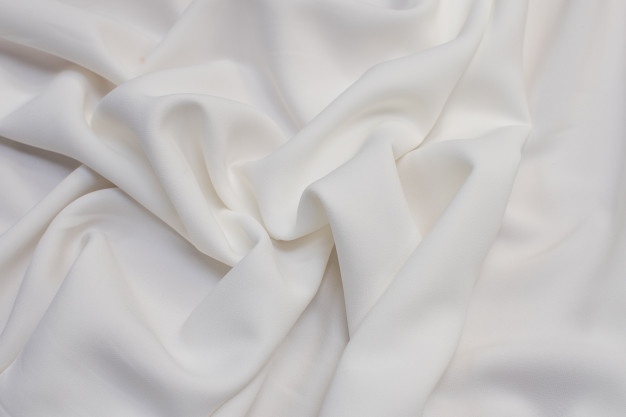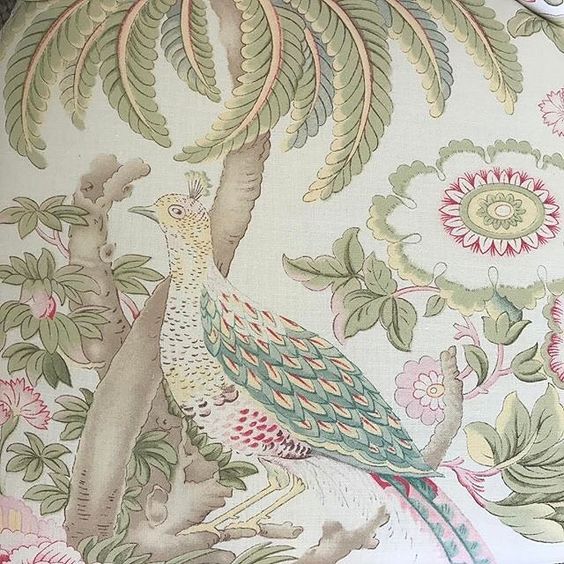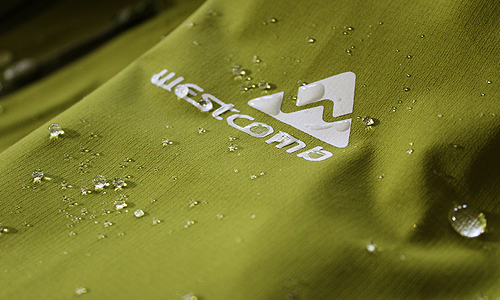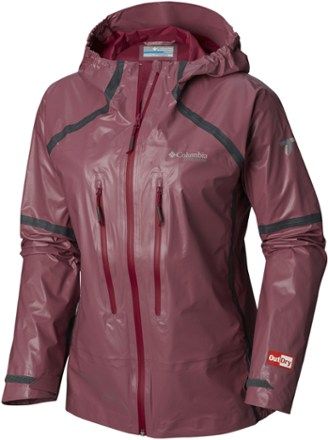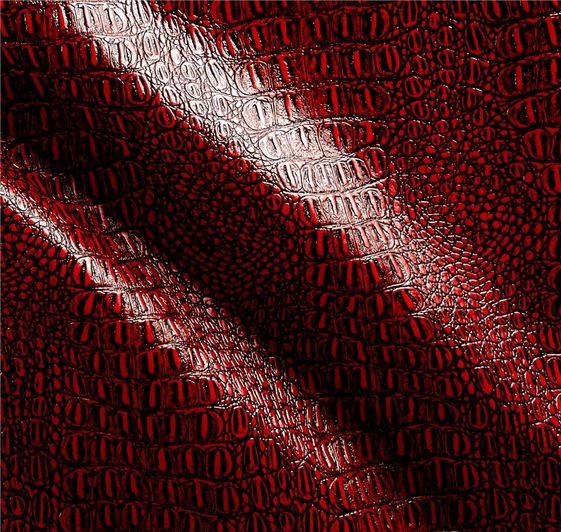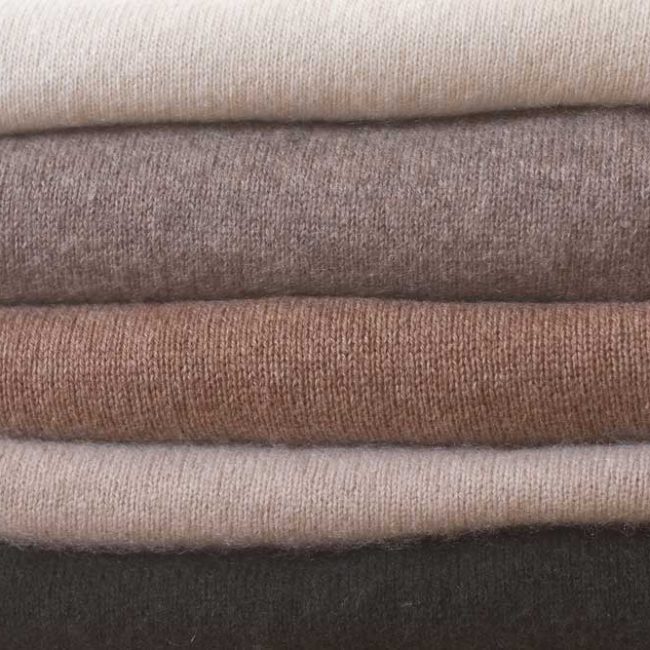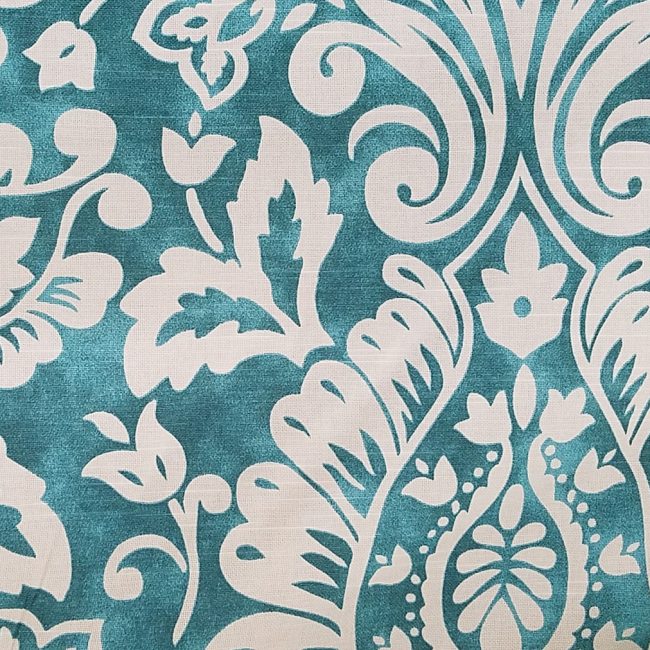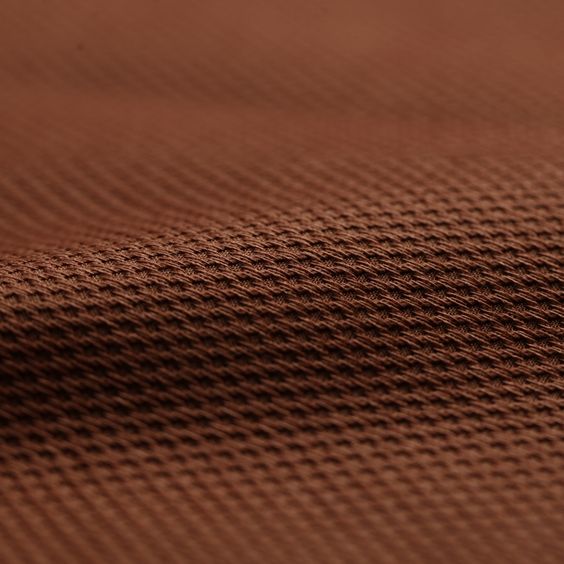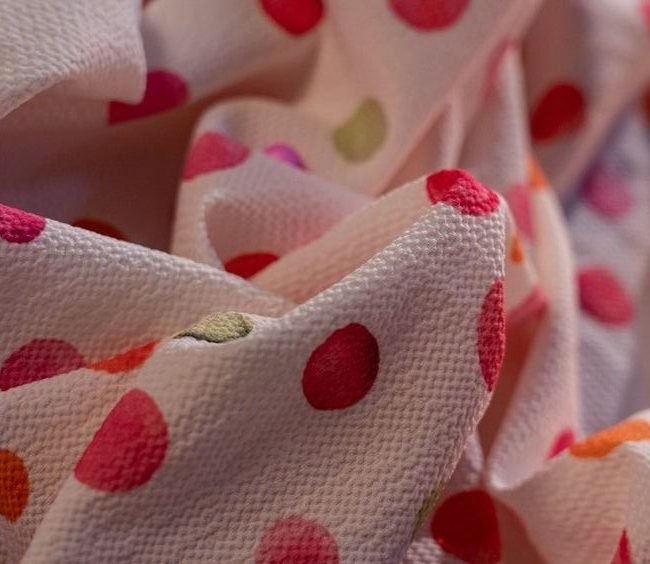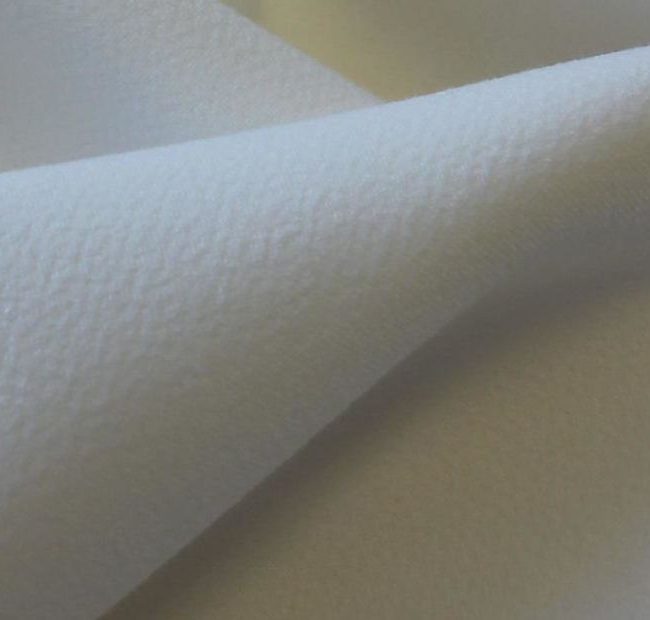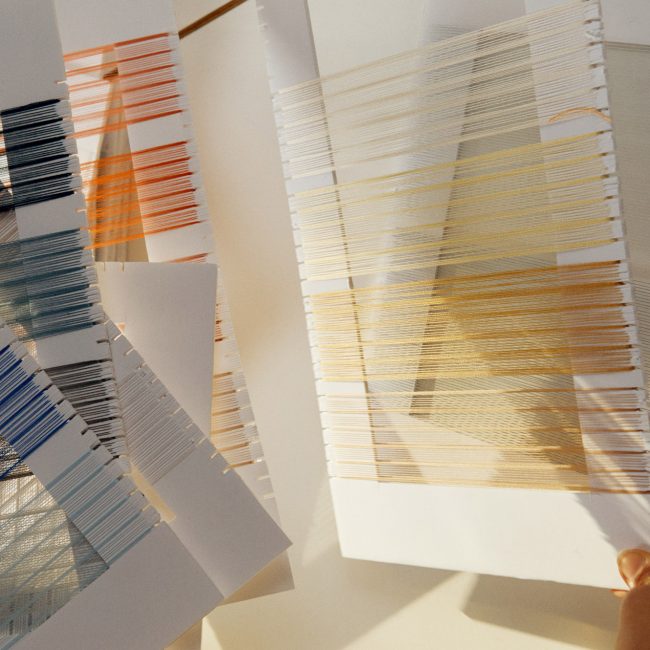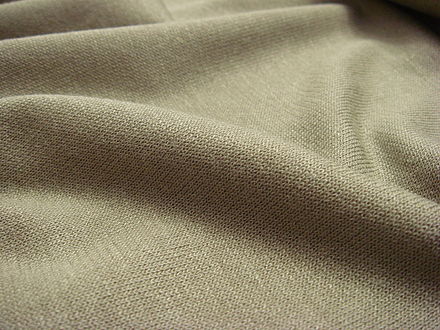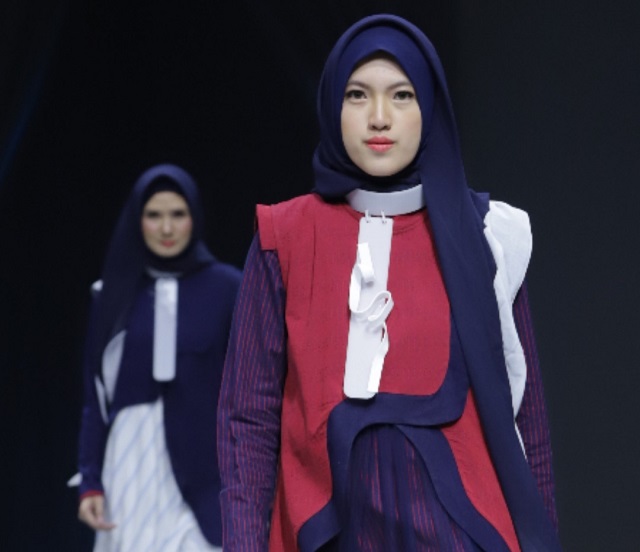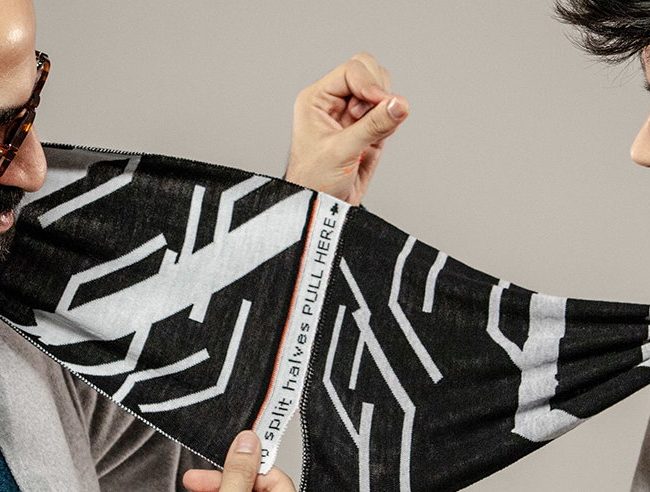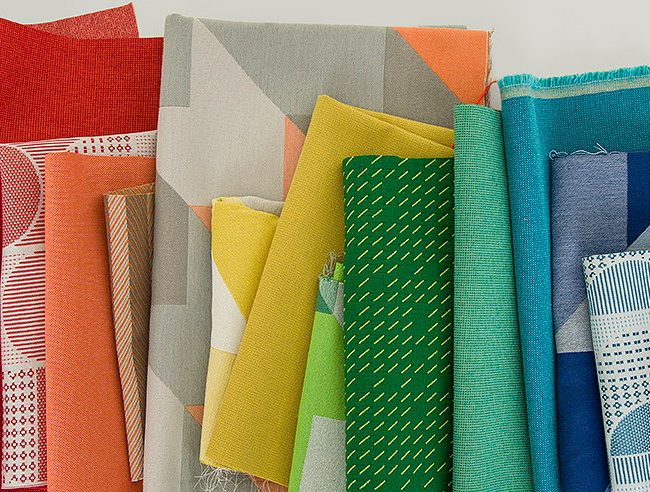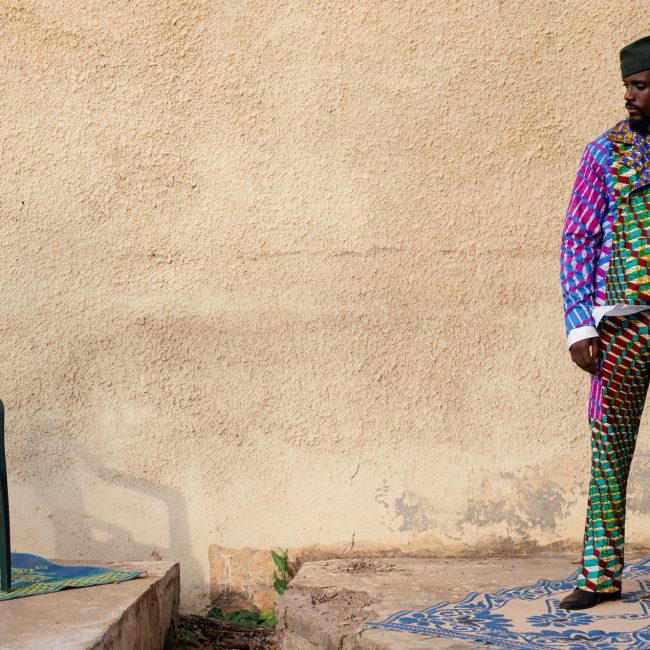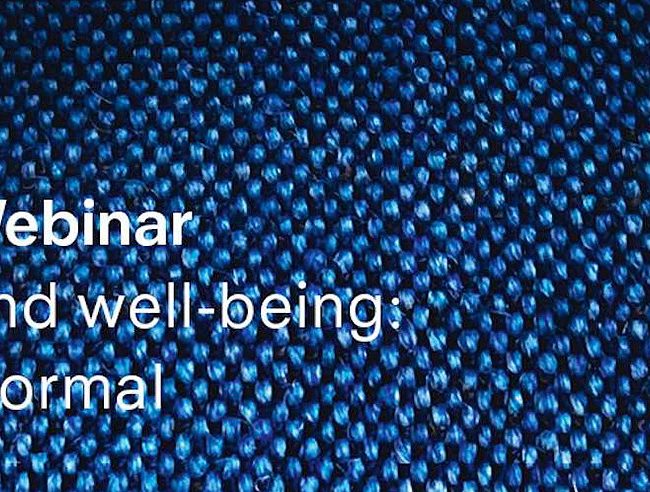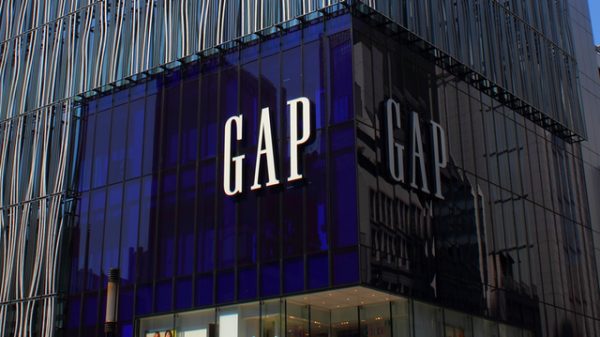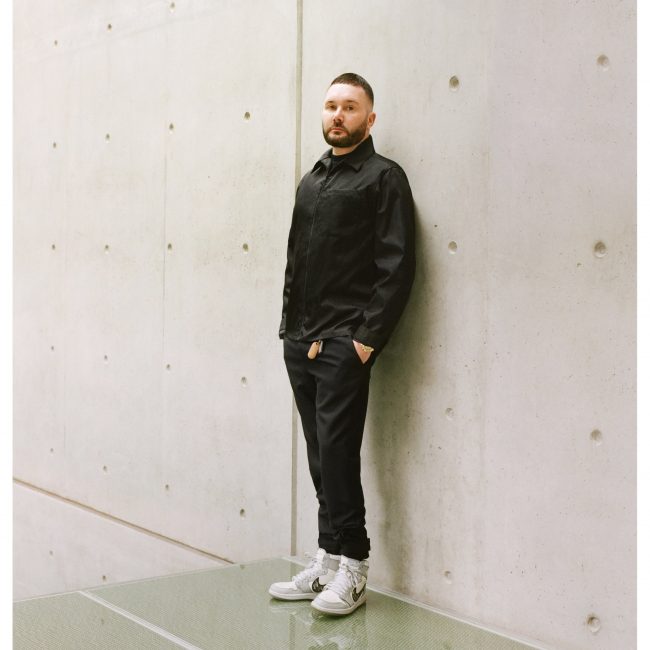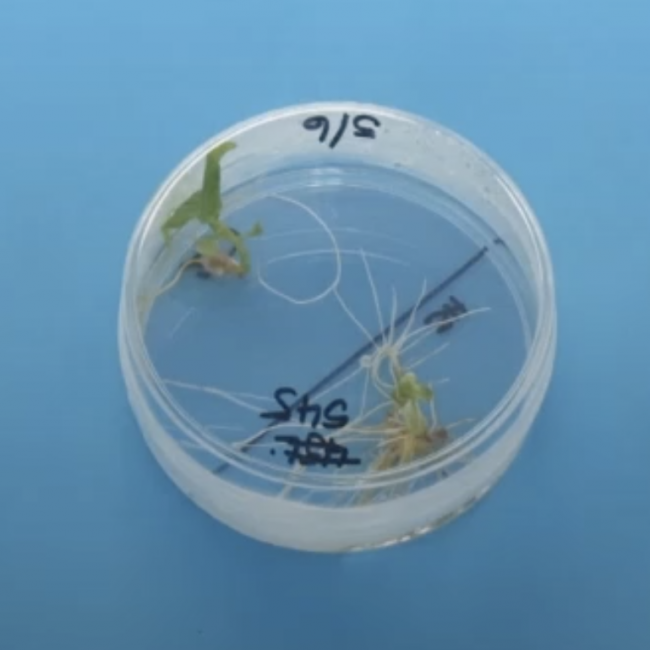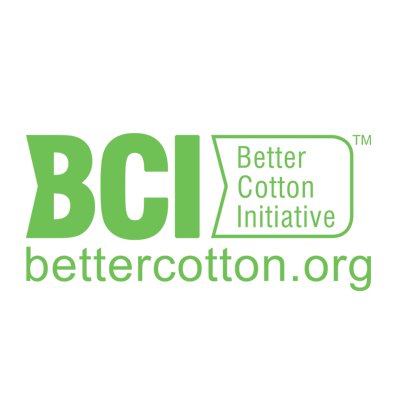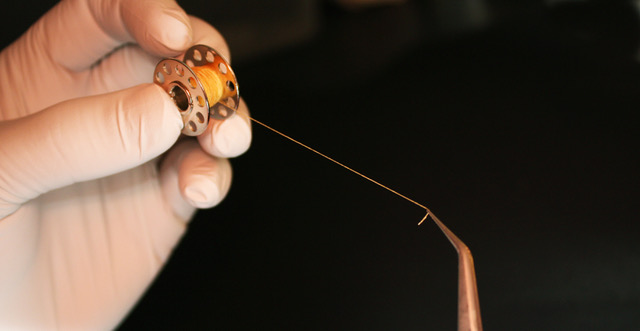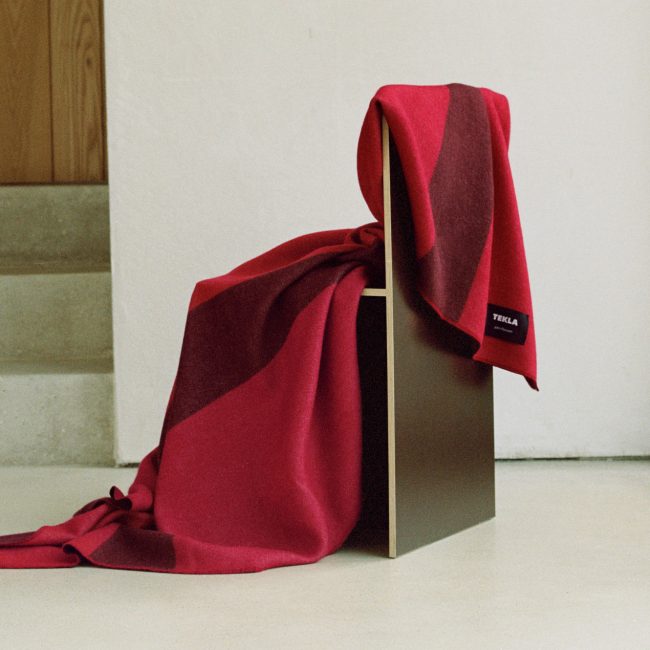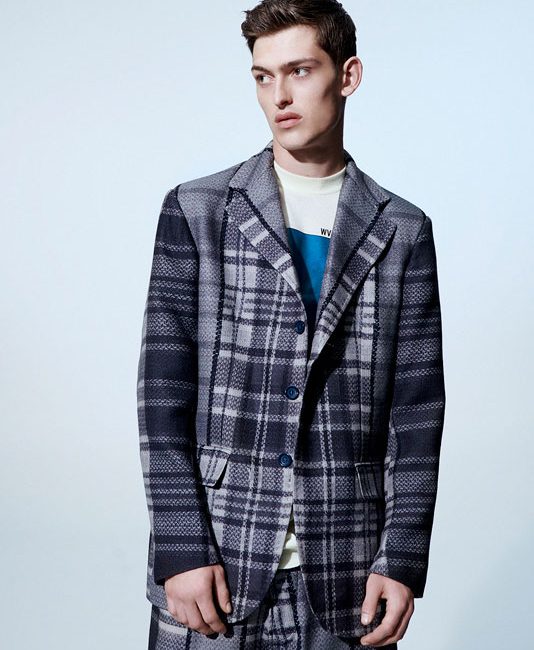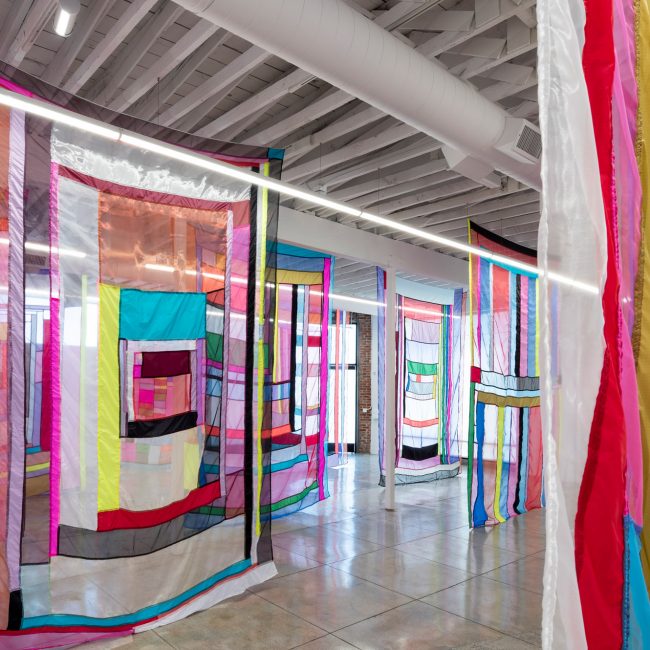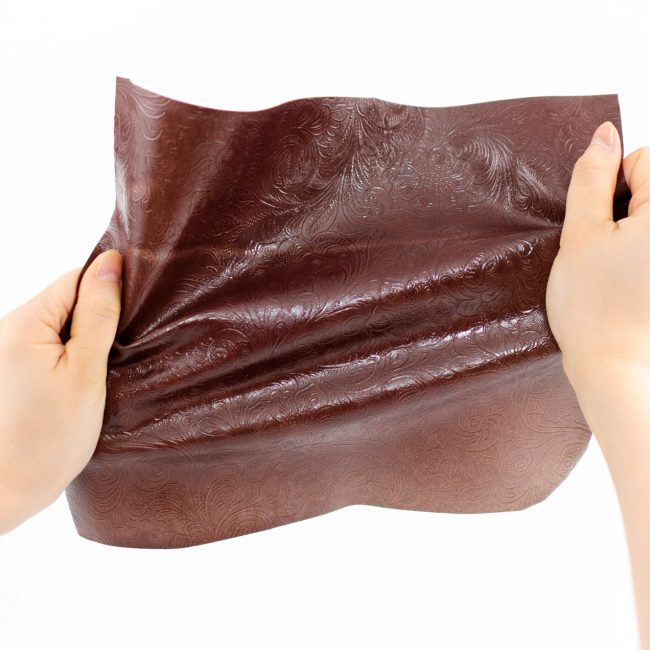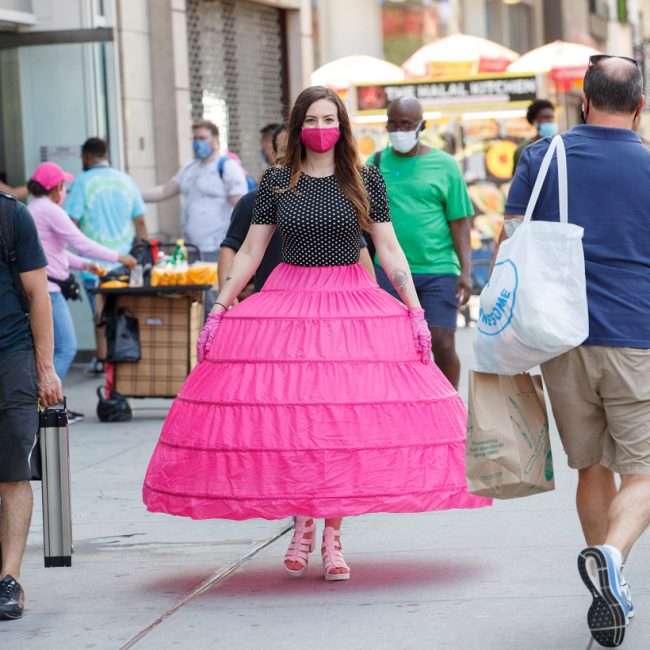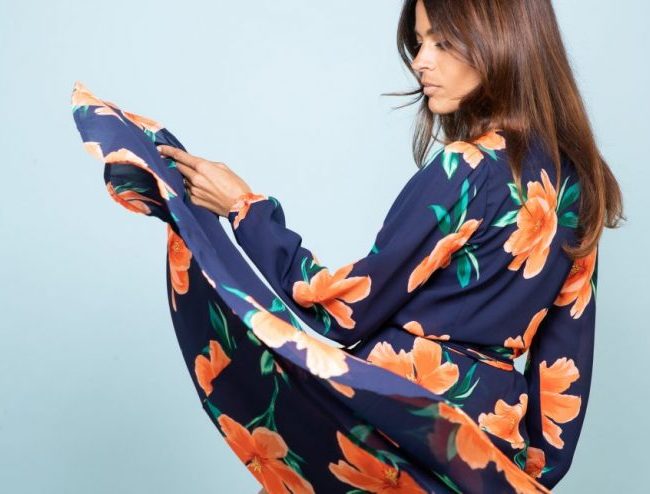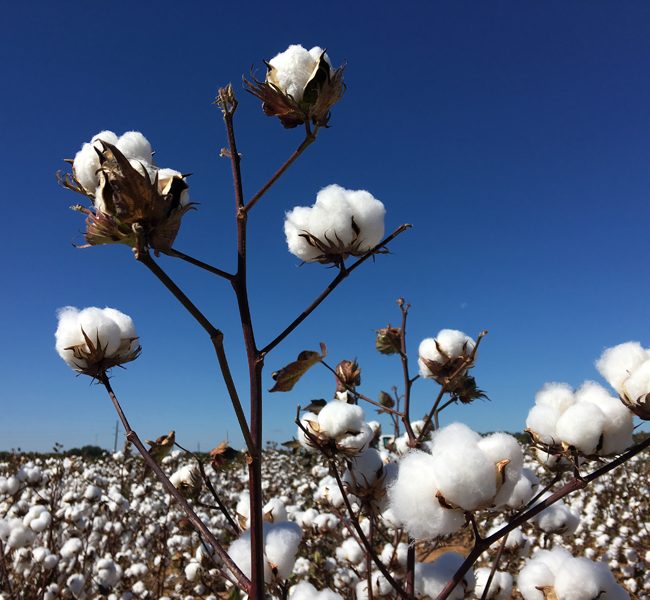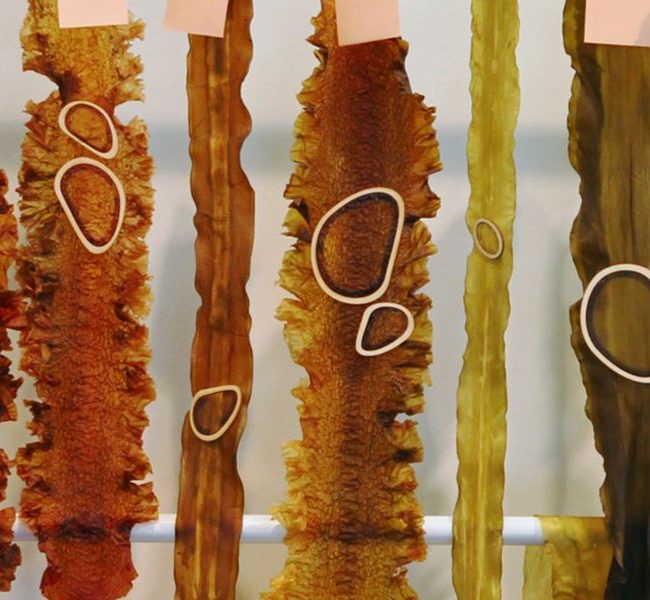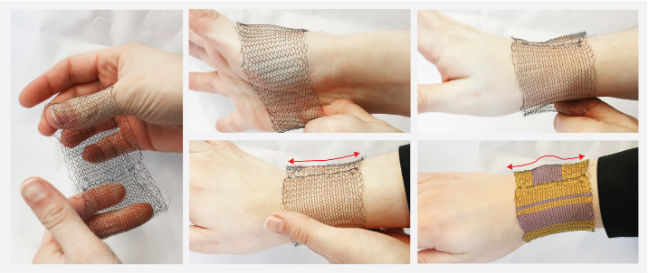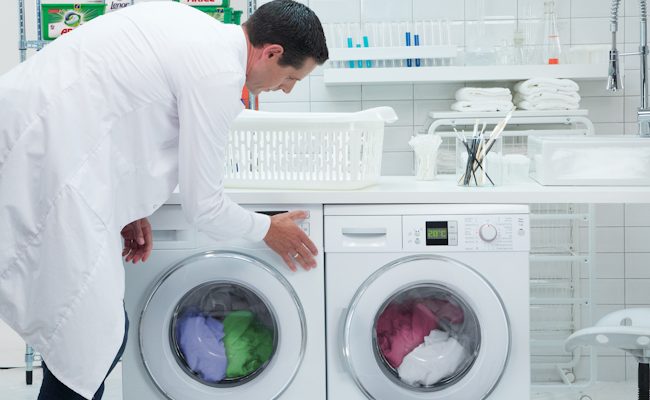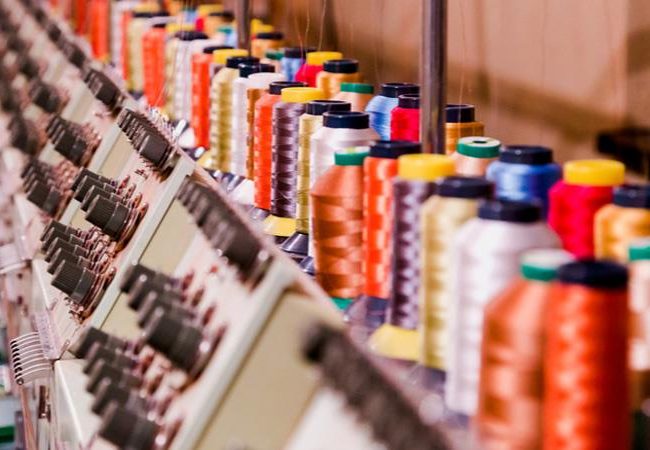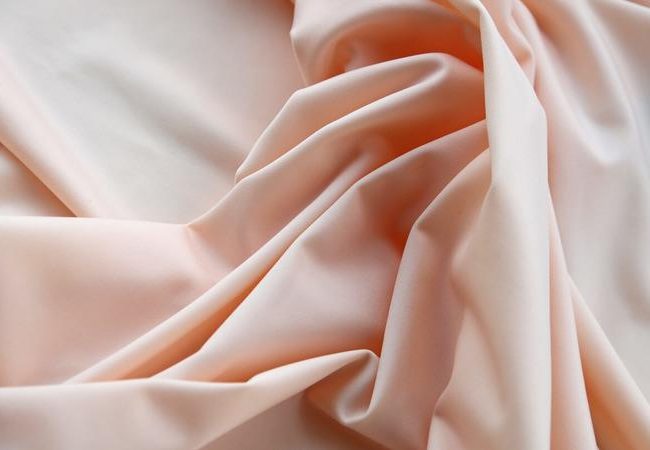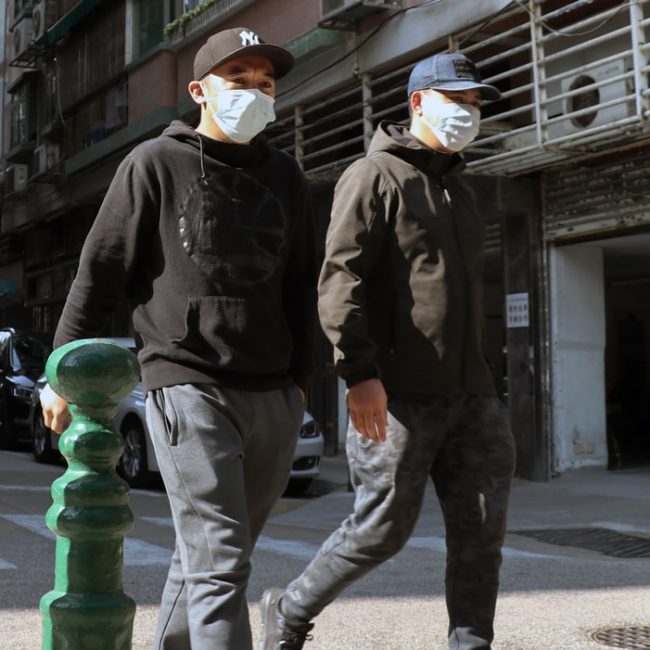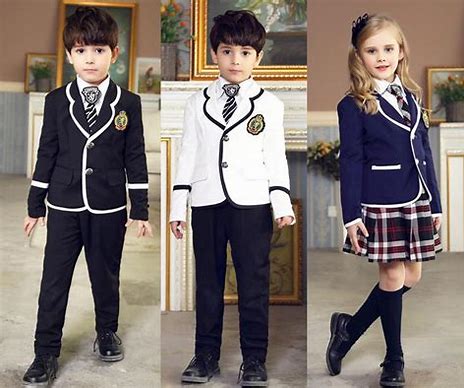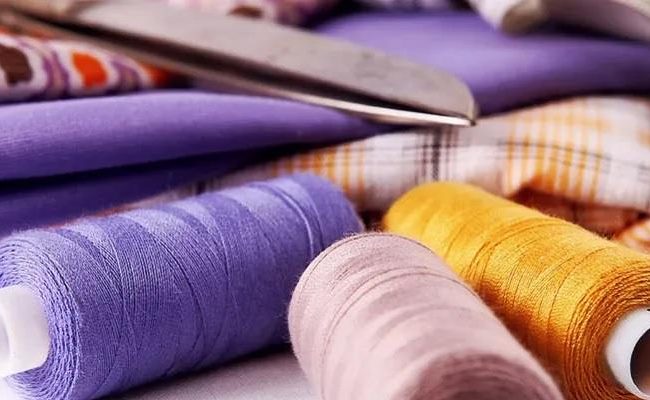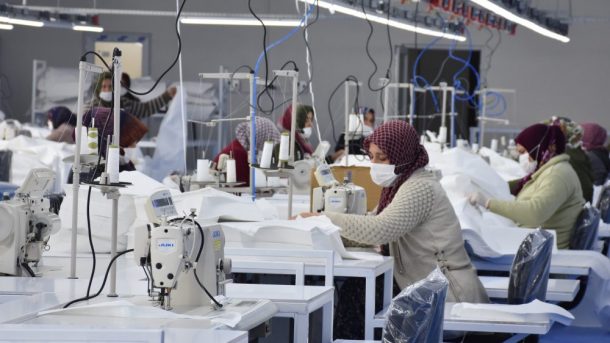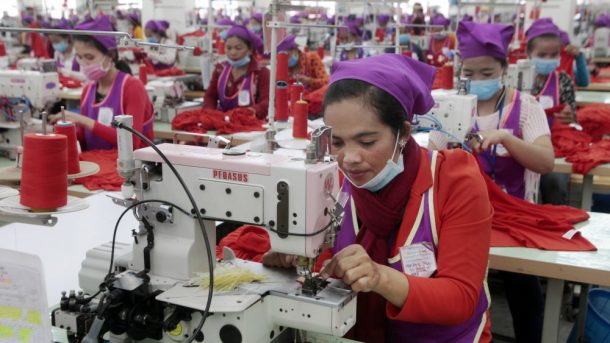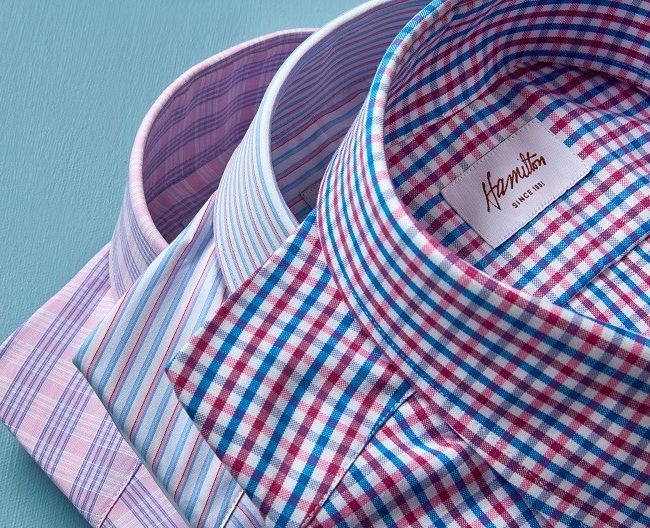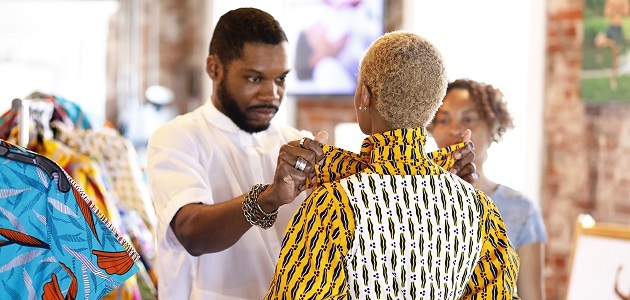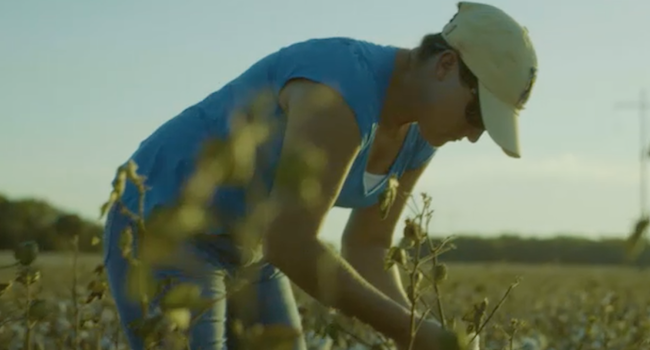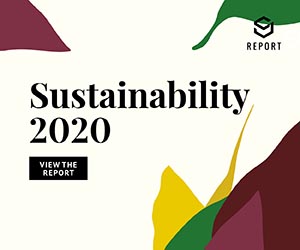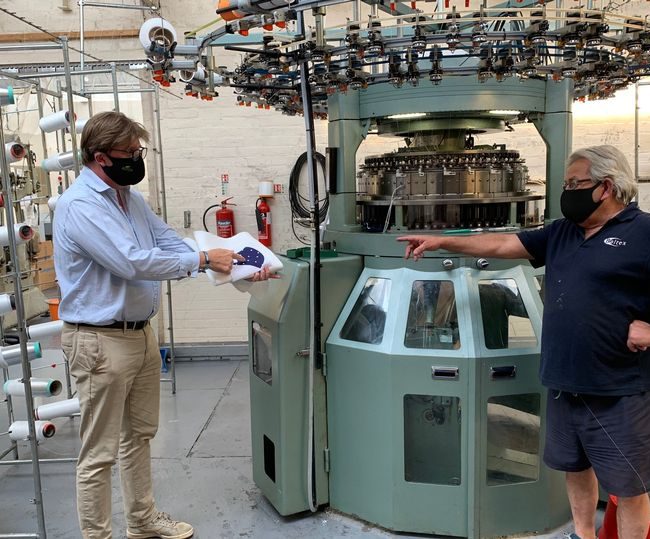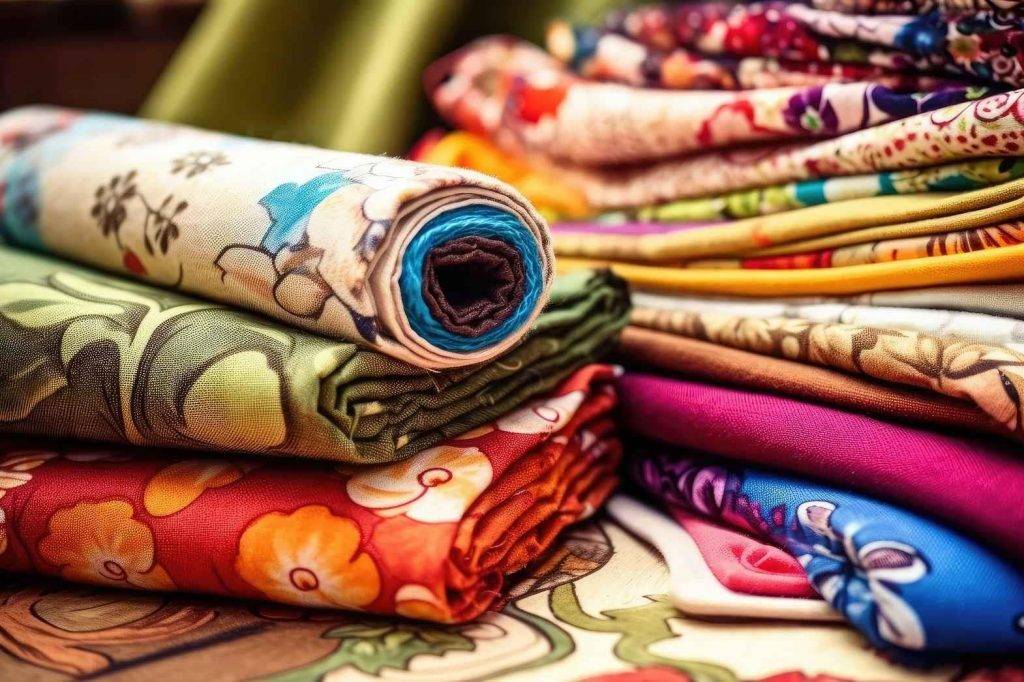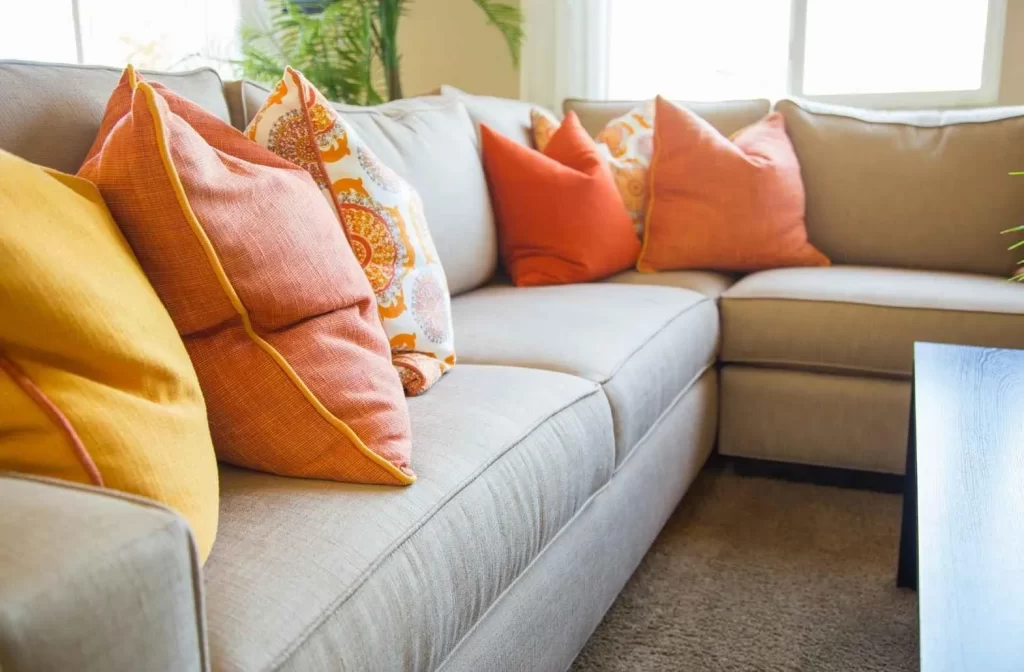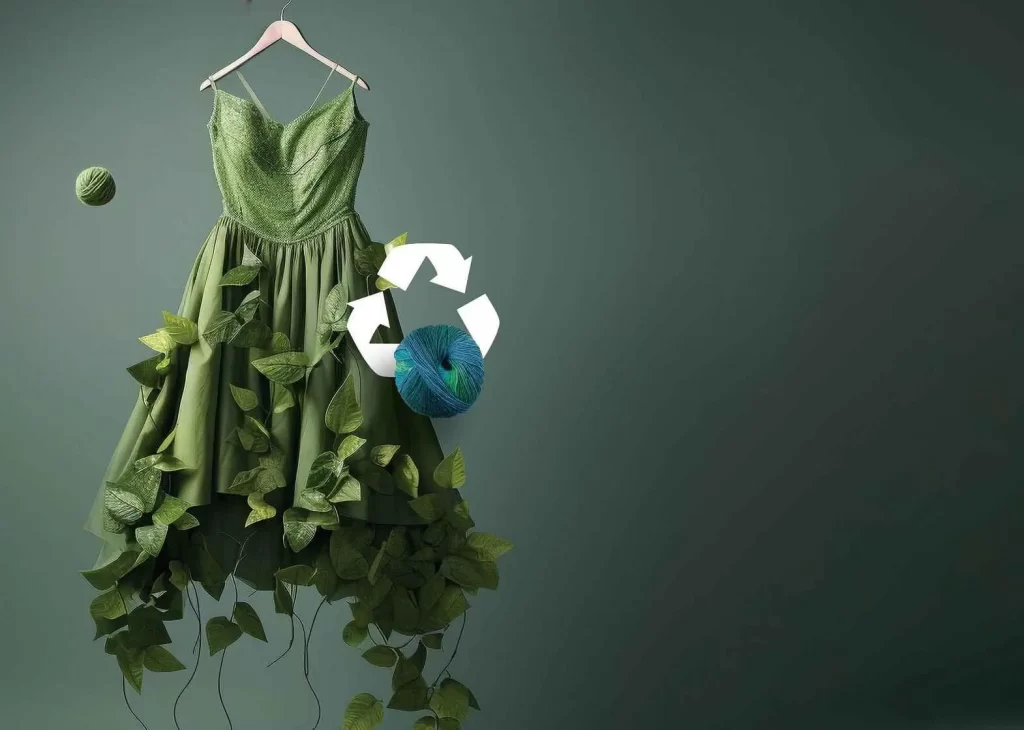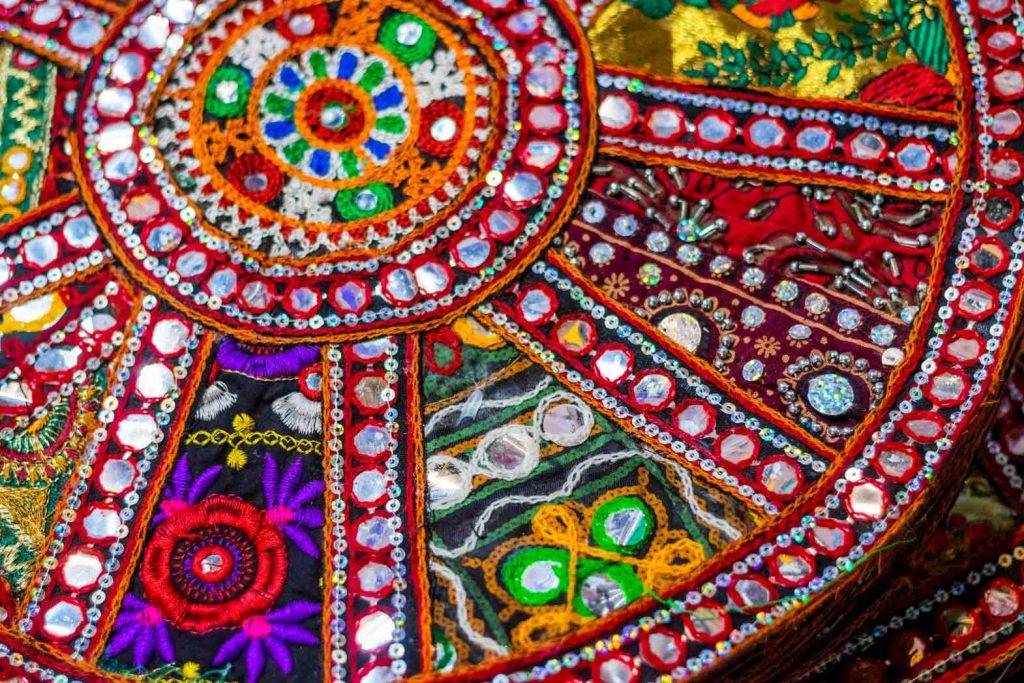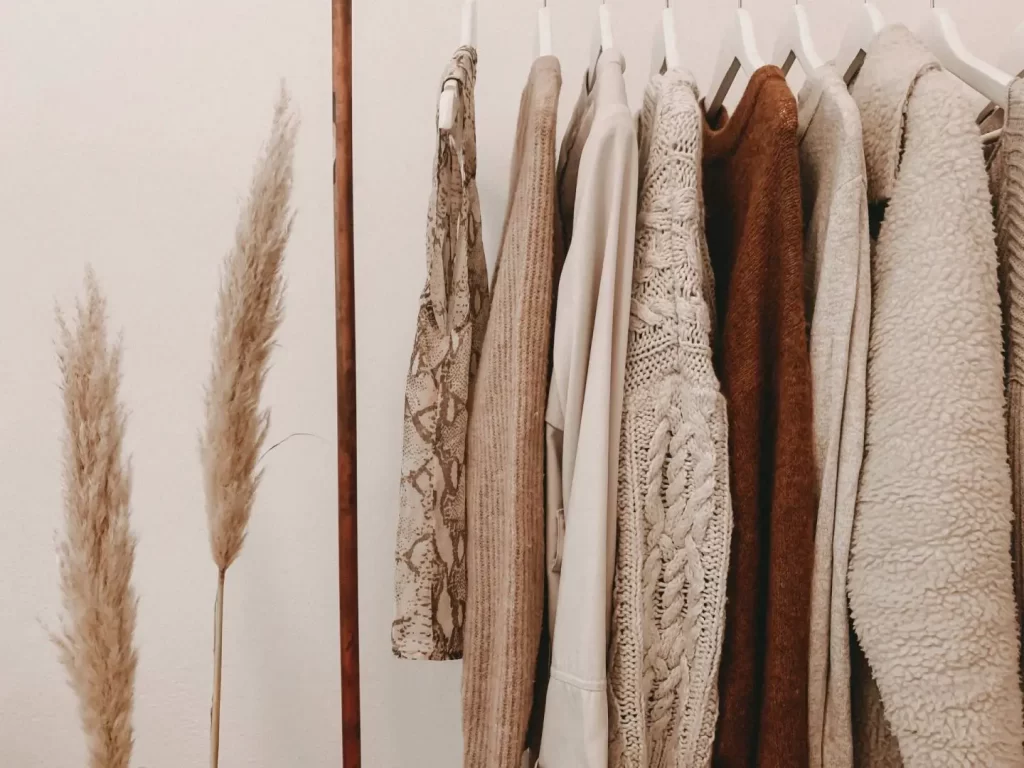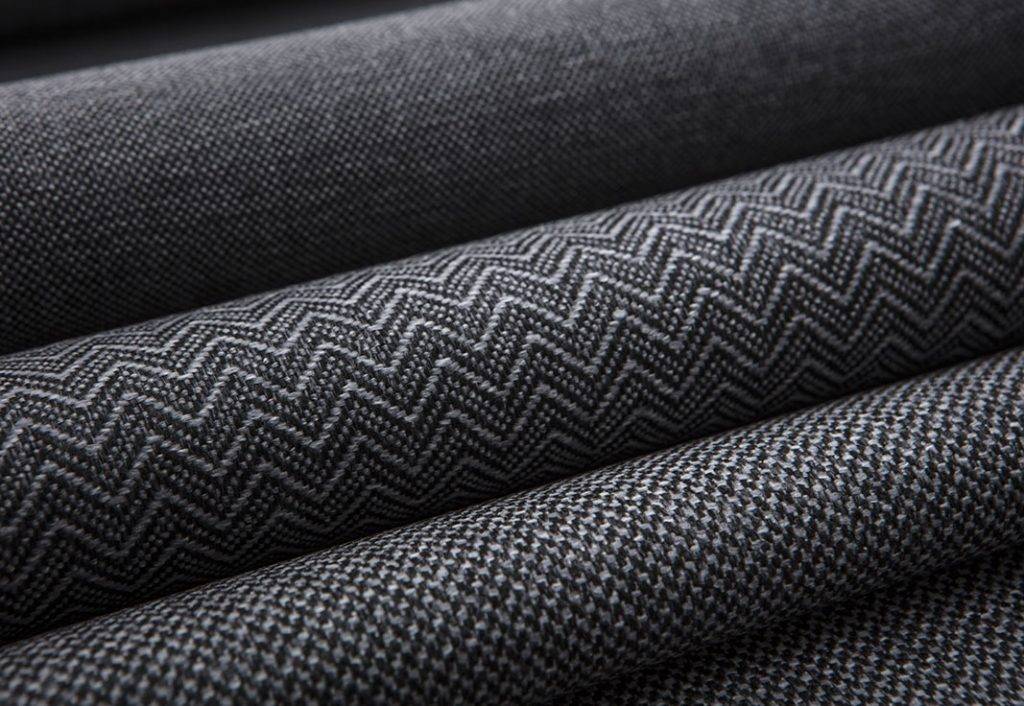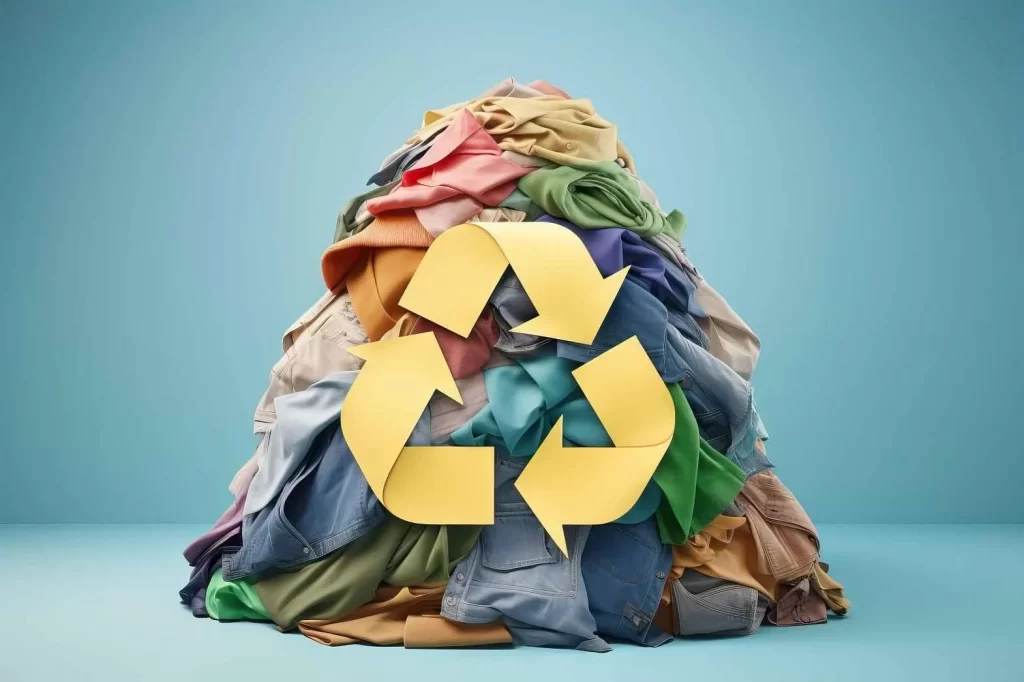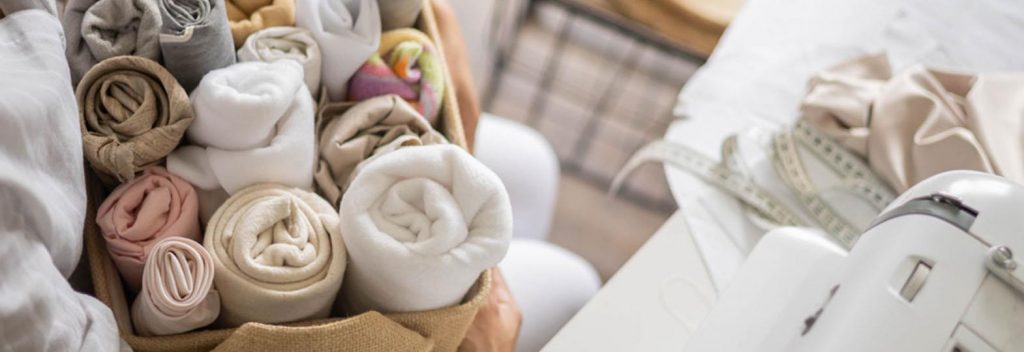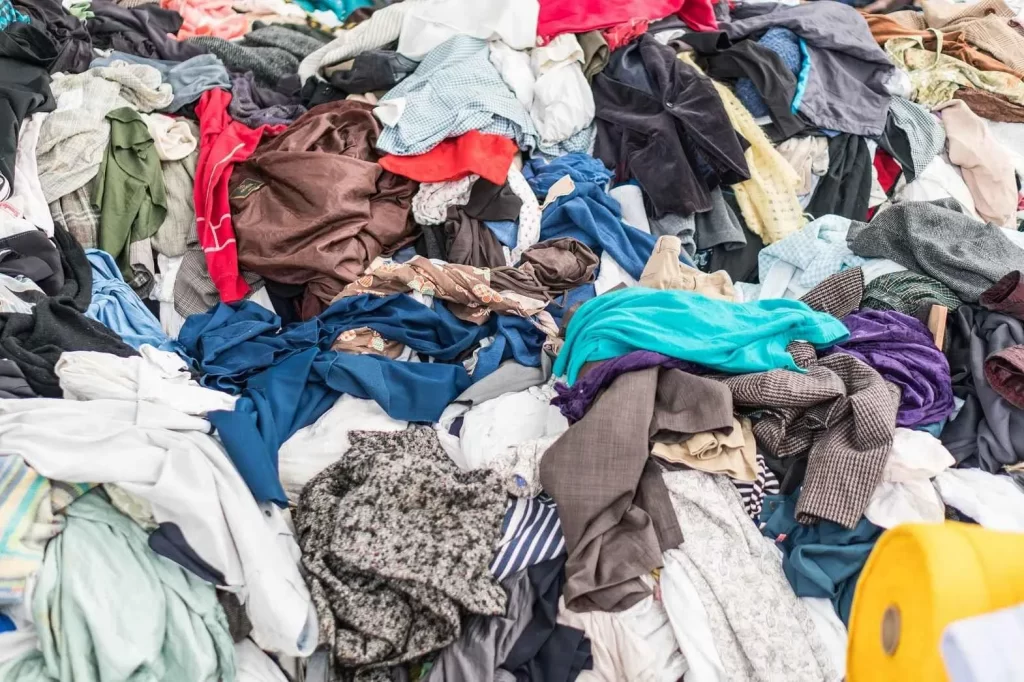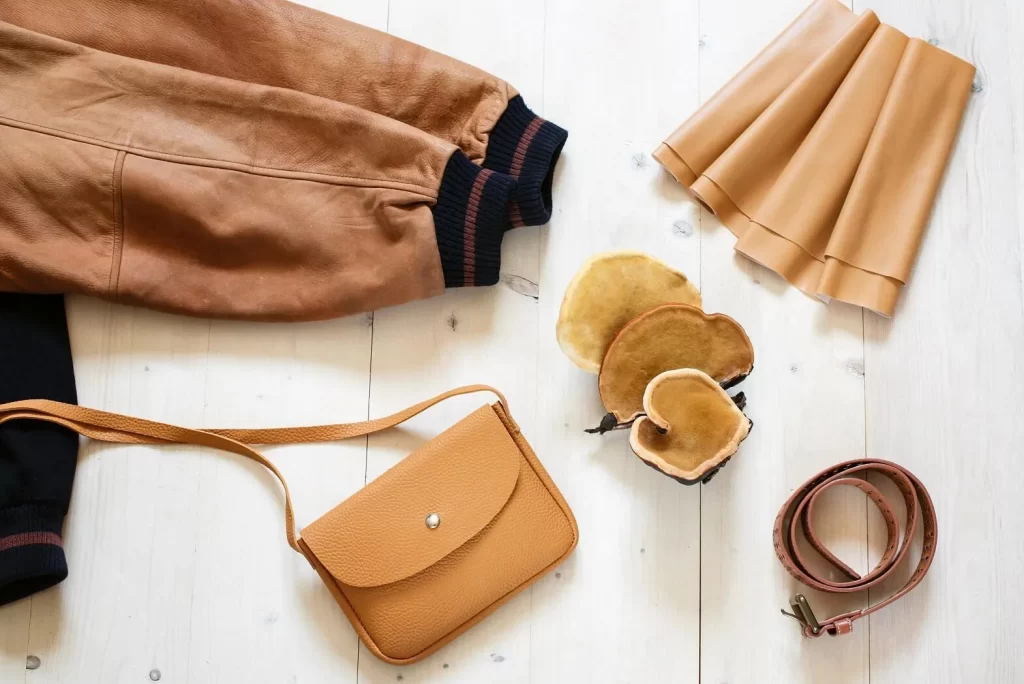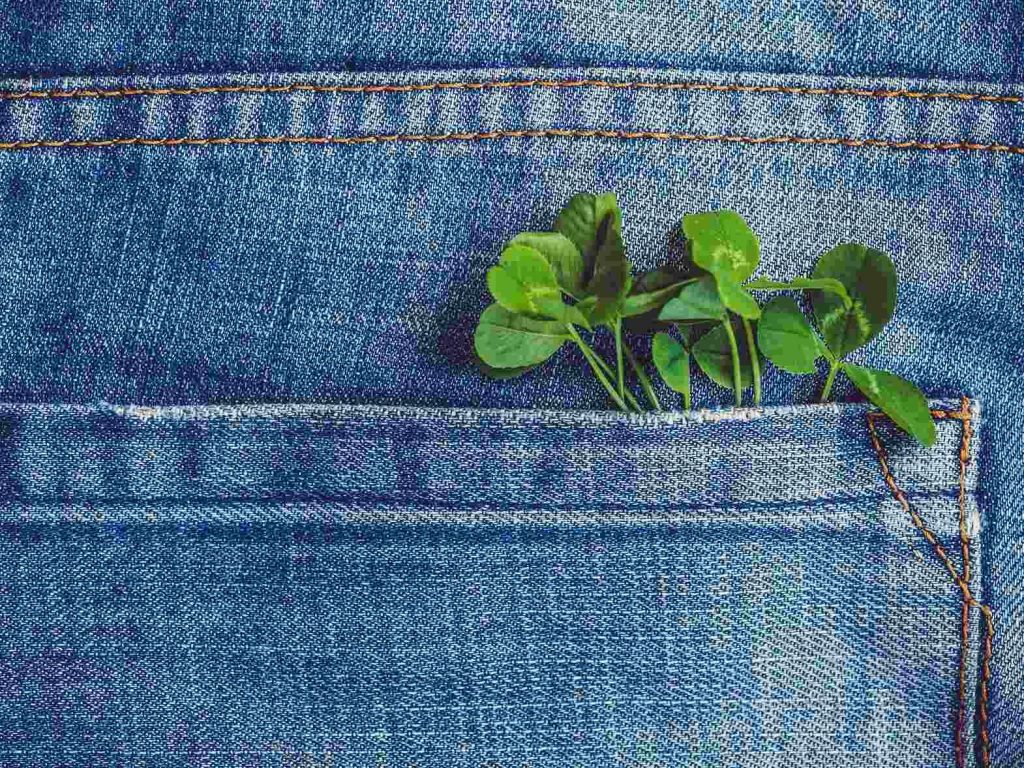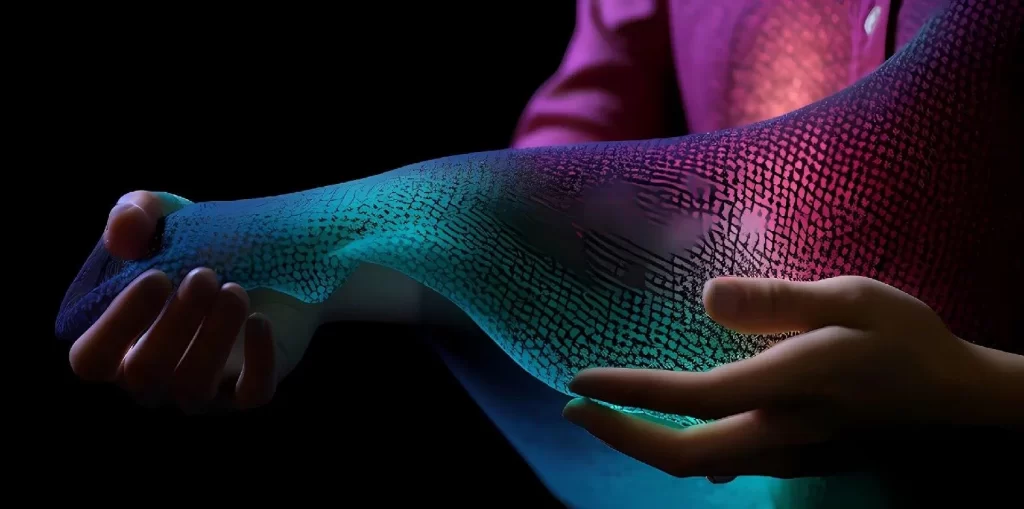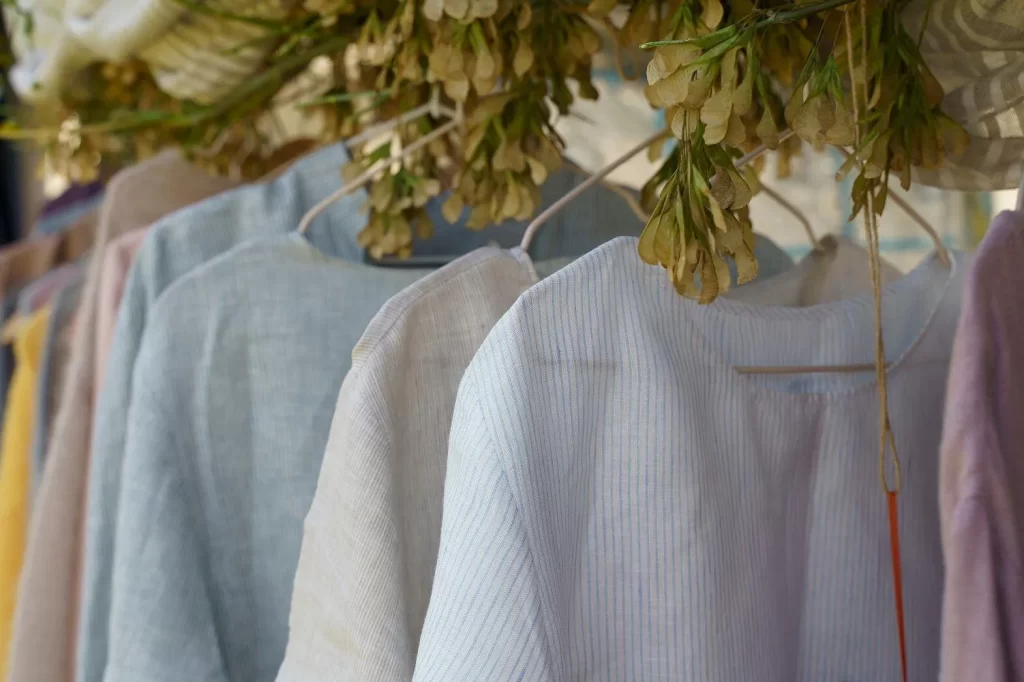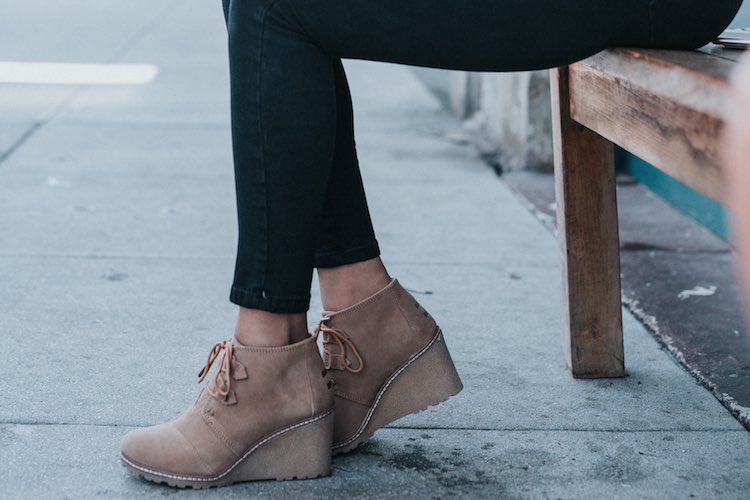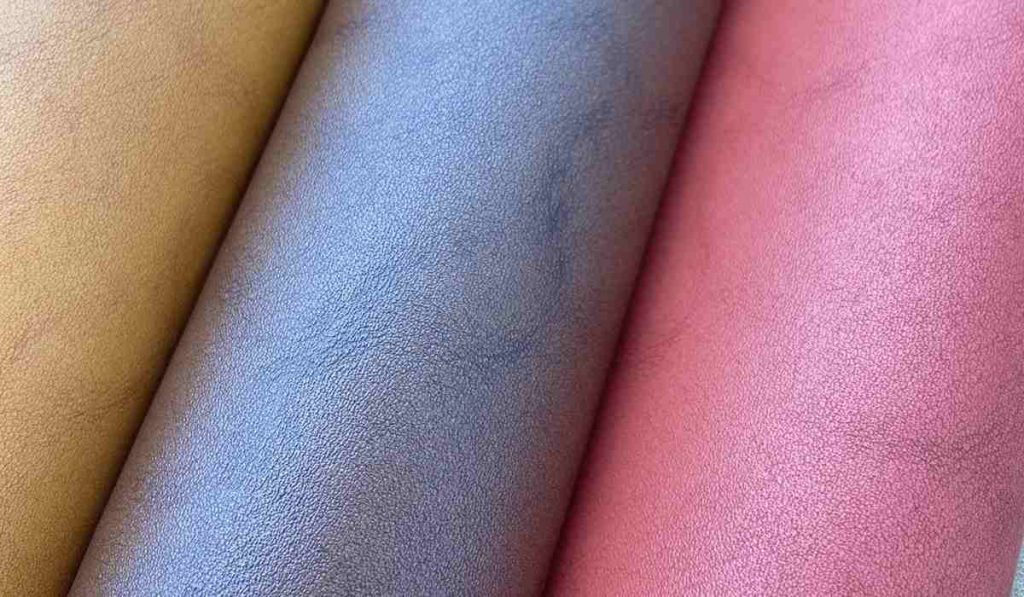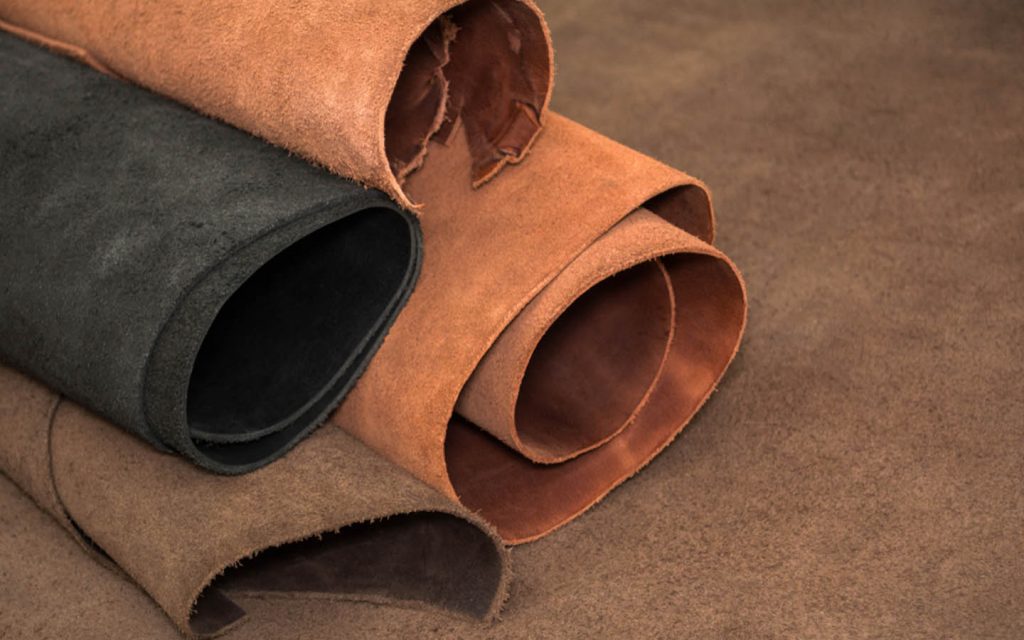What Is Flannel and What Is Fleece?
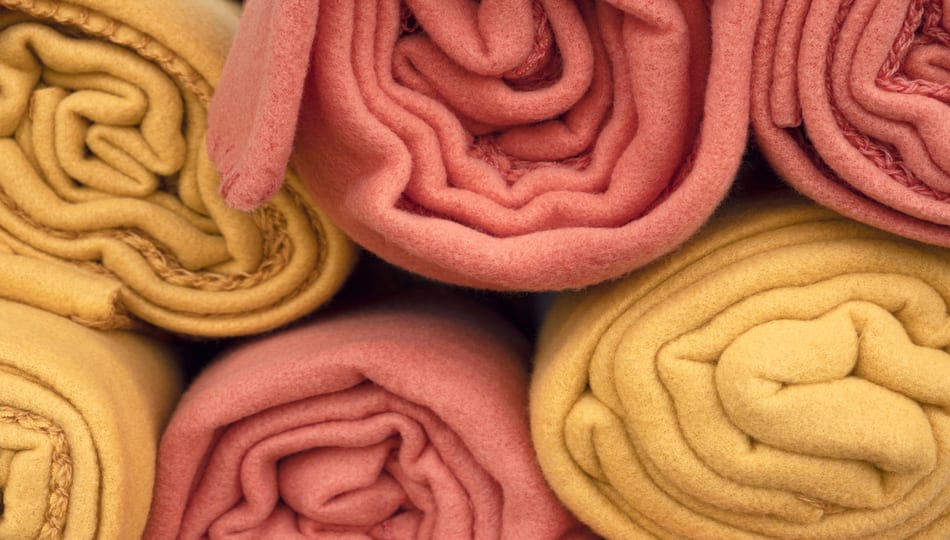
When fall rolls around, if you’re like a lot of people, you automatically bring out your warmer clothes, including those made out of materials such as fleece or flannel. If you’ve wondered about the differences between fleece vs flannel fabric, you’re in the right place. The questions of, what is flannel and what is fleece, are about to be answered.
There is one main difference between fleece and flannel you should be aware of: fleece is made out of synthetic material, usually polyester; while flannel is made out of natural material, usually cotton. Fleece is also a knitted fabric, while flannel is usually woven very loosely.
What Are Fleece and Flannel Fabrisc Used for?
The good news is that these wonderful, soft materials are used to make numerous items, including pajamas, all types of winter wear, bedding, and so much more. If you’ve ever slept on a set of flannel sheets, you know how wonderful it feels. Even some scarves, shirts, and slippers can be made out of fleece or flannel.
Another huge advantage of both fleece and flannel is that both of them are easy to sew with and inexpensive to purchase. This means you can easily use these materials to complete a variety of projects, and you’ll absolutely love the results.
You don’t have to wait for the cold weather to wear something made of flannel or fleece. In fact, even crisp cool weather is a great time to bring out anything you have that is made out of either of these two fabrics.
Fleece vs Flannel: Some Basic Differences
While both fleece and flannel have the ability to provide great insulation, there are a few basic differences between the two fabrics. Here are some important characteristics of fleece:
- It holds in heat a little better than flannel and is therefore a little warmer.
- It is extremely strong and durable, it can be washed over and over without wearing out.
- It will not shrink when you wash it.
- It usually doesn’t wrinkle very much.
- It is lightweight.
- While reasonably priced, it can be more expensive than flannel.
- When you sew with it, it usually doesn’t unravel when it’s being cut.
By comparison, you can count on the following characteristics when it comes to flannel:
- It keeps you warm but not hot, thanks to a cotton weave that is breathable.
- Over time, it will actually get softer as it wears out.
- It can shrink if you put it in the washing machine a lot.
- It sometimes resists wrinkling.
- It is medium- to heavy-weight.
- It is generally inexpensive.
- When you sew with it, it can unravel while you’re cutting it.
If you’re getting ready to start a project and you’re wondering whether you should use fleece or flannel, these characteristics can help you decide between the two fabrics. The more you learn about each of these materials, the easier it can be to make the right decision.
What Is Fleece Fabric? Things You Should Know

Fleece is very soft and warm, and it is a brushed type of knit. Contrary to what many people believe, fleece is not a type of flannel. Ever since the 1970s, fleece has been used for manufacturing winter clothing and so much more.
Fleece is a bit on the fuzzy side and looks similar to the coat of a sheep; hence, its name. It keeps moisture away from the skin and is used not only for winter outerwear but also for sportswear. It is very plush and super comfortable, and it is the result of a clothing manufacturing company looking for a less-expensive alternative to wool fabric.
Oddly enough, fleece starts as a melted plastic; namely, polyester, which is derived from petroleum. But thanks to the multi-step manufacturing process used, it ends up a material with a very soft pile and a surface that has a very velvety nap.
There are several types of fleece, one of which is polar fleece. Polar fleece fabric has a double pile. Simply put, this means that it is soft and fuzzy on both sides of the fabric.
The fact that it can keep moisture away from your skin and is lightweight means it is the perfect fabric for many types of athletic clothing. Fleece is often used to make mittens, winter pajamas, hats, blankets, and even coats.
What Is Flannel Fabric? Things You Should Know

Flannel is a very popular fabric, especially in the fall and winter months. It is made from cotton that is loosely spun and brushed on just one side of the fabric, which gives it a very soft nap. It used to be that nearly everything made of flannel had a plaid design to it, although that is no longer the case.
Flannel has been around since the 1600s and was much heavier back then. Today, it is warm but also breathable, and it is not as heavy in weight as it once was. That being said, some types of flannel can contain other types of fibers, such as wool and silk fabric.
Of course, the familiar plaid flannel shirt is still popular today, but flannel can also be found in other prints and designs and even in solid colors. Flannel is great at regulating body temperature since it is usually made out of breathable cotton fibers.
Flannel also has some breathability, though not as good as fleece. It is soft and warm, and it is used in the making of items such as shirts, bedsheets, jackets, and even the linings of items such as boots, coats, and jackets.
Fleece vs Flannel Fabric: Other Notable Differences
When it comes to fleece vs flannel, there are both differences and similarities. To help you understand the differences between these two incredible fabrics, let’s take a look at a few of their traits one by one. As we go through them, keep in mind that fleece is made from synthetic fibers, while flannel is made from natural fibers.
Cost
As a general rule, it costs less to produce synthetic materials than it does natural materials such as cotton, but that doesn’t mean that fleece is always less expensive than flannel. Other factors have to be considered, such as the overall quality of the material and the specific kind, not to mention the brand name.
Polar fleece, which was mentioned earlier, usually costs more than flannel. While flannel products are often more expensive than fleece products, this is not always the case. A lot of factors come into play when determining which fabric will be costlier to purchase.
Warmth
Fleece usually has a nap that is thicker than the nap of flannel, which means it is warmer than flannel. Fleece consists of tiny polyester fibers that will trap and hold onto heat. A rare exception is flannel that contains wool fibers, which is warmer than fleece.
That being said, fleece usually wins out in the warmth category when compared to flannel.
Care of the Fabric
Neither fleece nor flannel is easier to care for than the other. The most important thing to remember is that you absolutely must check the instructions on the product’s label and never stray from these instructions.
Much of the time, you’ll be washing both fabrics on a gentle cycle in cold water. Keep in mind that when washed incorrectly, both fleece and flannel can become damaged and will wear out much faster.
Flannel can shrink in the dryer because of its cotton fibers. Fleece, on the other hand, can gather electricity when placed in the dryer.
Durability and Strength
Generally, fleece will outlast flannel. Why? First of all, cotton shrinks and can wear out quicker than polyester, which doesn’t biodegrade. Fleece also doesn’t pill, while flannel usually collects those annoying bobbles over time.
Of course, fleece sometimes gets less fluffy over time because it can lose microfibers every time it is washed. Flannel will actually get softer every time you wash it. Both fleece and flannel will last a while if cared for properly, even though fleece usually lasts longer.
Sustainability and Environmental Differences
So, when we answered the question, what is flannel, we discovered it is usually made out of cotton. Answering the question, what is fleece, told us it is usually made out of polyester. Unfortunately, neither of these fabrics is good from an environmental standpoint.
Producing and growing cotton takes a ton of water and usually requires a ton of pesticides as well. On the other hand, most polyester is derived from petroleum, which is nonrenewable. Fleece even loses minute pieces of microfibers when you wash it, which become part of the food chain for humans.
However, it is not all bad news. You can look for fleece that is made out of recycled materials or flannel that is made out of organic cotton. Just keep in mind that most of the time, both fleece and flannel can be bad for the environment.
Softness and Breathability
Fleece is usually softer than flannel, unless you choose a type of flannel that is made from silk fibers. Both are actually very soft on at least one side of the fabric. Fleece has a thick, deep pile, and flannel is slightly fuzzy on the surface.
When it comes to how breathable they are, flannel usually wins out in this category. Fleece can trap heat and therefore tends to be less breathable than flannel. Fleece also has fibers that are not permeable and allow only small amounts of air to pass through it.
So, after you’ve learned the answer to the question, what is fleece, the next logical question might be, what are some of the things made with fleece? The answer may surprise you because here is just a small sample of the items that can be made out of fleece. (Keep in mind that fleece is often used to make various craft projects as well.)
- Hats
- Scarves
- Mittens
- Socks
- Fringe scarves
- Ear warmers
- Purses
- Pillows
- Gift bags
- Headbands
Other items you can make out of fleece include drink cozies, stuffed animals such as bears, rice bags, ice scraper mitts, and even puppets. In fact, when you research craft projects, you might be both surprised and delighted to find out all of the ways you can get creative with fleece.
So, what is flannel and what types of products can you make with it? You can get very creative when working with flannel, and below are some of the items you can make with it:
- Pajama bottoms
- Pillowcases
- Pillows
- Dolls
- Seat belt covers
- Quilts
- Heat packs
- Duster cloths
- Ornaments
- Bibs
- Vests
Indeed, when thinking about fleece vs. flannel, the bottom line is that there are tons of creative projects you can work on with both of these amazing materials. All you have to do is go online and research the fabrics so that you can get some ideas on what to do with them.
Even better, when you decide to work with fleece, you’ll find numerous projects that can be completed without even using a sewing machine. This means that even if you don’t know how to sew, you can create some wonderful projects without even using a needle and thread.
In Summary
When it comes to fleece vs flannel fabric, just keep in mind that both have advantages and disadvantages. What is fleece? It is a synthetic fabric that is usually made out of polyester.
What is flannel? Flannel is a natural fabric that is usually made out of cotton. But keep in mind that both fabrics can be made out of other materials, such as silk and even wool.
Both fleece and flannel are incredibly warm and soft, but flannel often shrinks in the dryer and can wear out faster. Fleece lasts a long time and won’t shrink, but both of these fabrics have some environmental challenges that make them less than perfect.
Nevertheless, both flannel and fleece are very versatile and comfortable, and they are usually very affordable as well. This makes both of these fabrics very popular with all types of craft and sewing lovers
Other News
Sustainable Fabric Production Using Biotechnology: A Path to Eco-Friendly Textiles
Challenges to Revival of Handicrafts in India
Define textile wet processing? Describe various type of dyeing process.
Unravelling Asia’s Textile Dominance: Strategic Advantages and Future Prospects in the Global Market
Innovations in Home Textiles Industry: Revolutionising Comfort & Style
Decoding Germany’s Budget Crisis and its Likely Impact on the Textile-Apparel Industry
Best quality fabrics for clothes | Top 10 textile countries in the world
Best quality fabrics for clothes | Top 10 textile countries in the world
What is jacquard fabric? Different types of jacquard fabric.
Consumer Textile Recycling: Emerging Technologies Shaping Sustainable Fashion
Factors that will Impact the Textile Value Chain in 2023
Solving Fabric Waste for a Greener Fashion World
Eco Innovation in Fashion: Revolutionising the Industry
Denim Brands: Moving Towards a Greener Future
Functional Textiles: Blending Innovation with Sustainability
Organic Fabrics for Sustainable and Luxurious Living
Differences in foot shape when wearing wedge-heeled shoes with elevated forefoot height and heel height
Introduction of pvc leather fabric
Original Leather in Pakistan; Natural Thick High Resistance Durability Soft Flexible
How useful was this post?
Click on a star to rate it!
Average rating 0 / 5. Vote count: 0
No votes so far! Be the first to rate this post.



